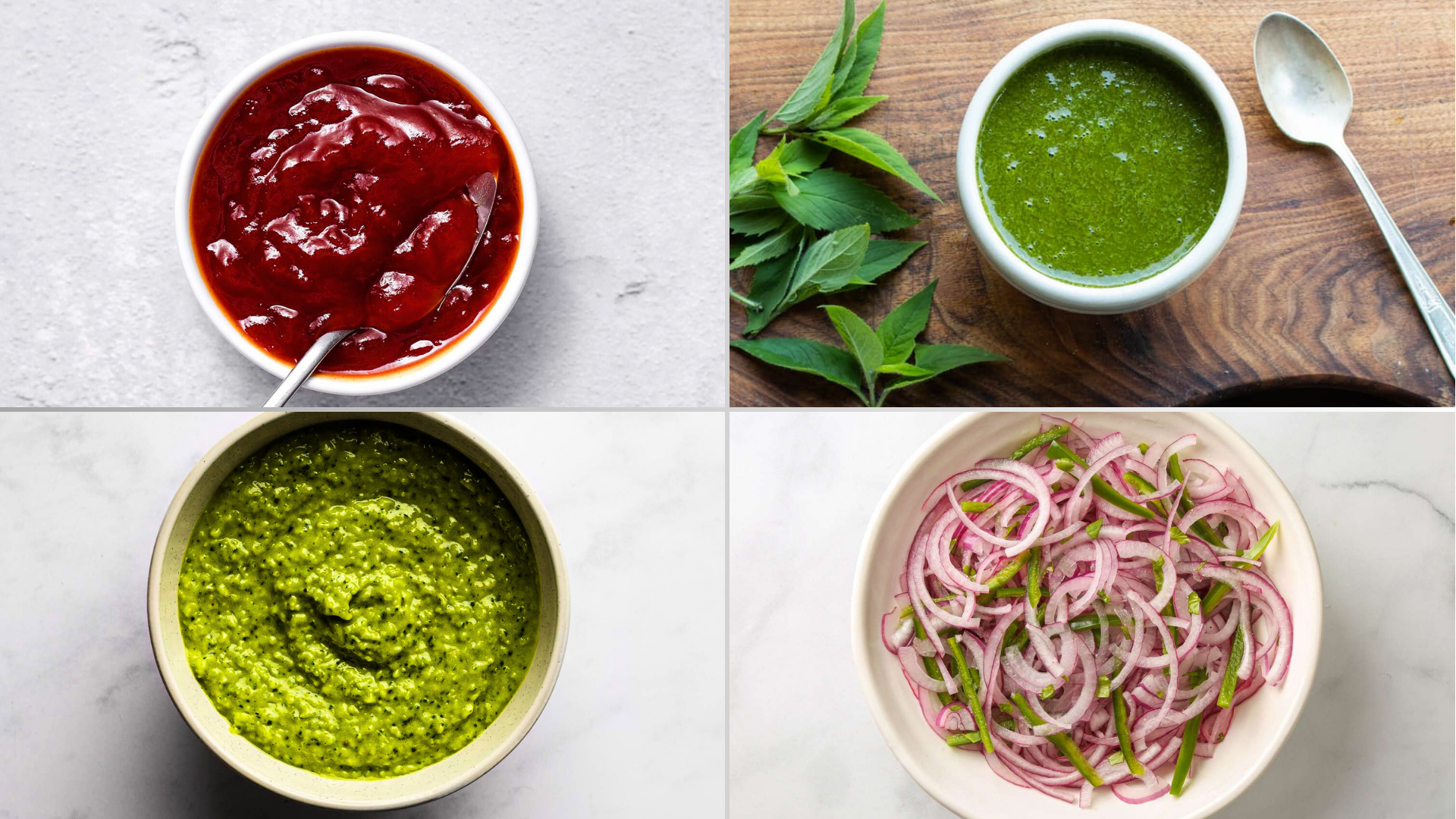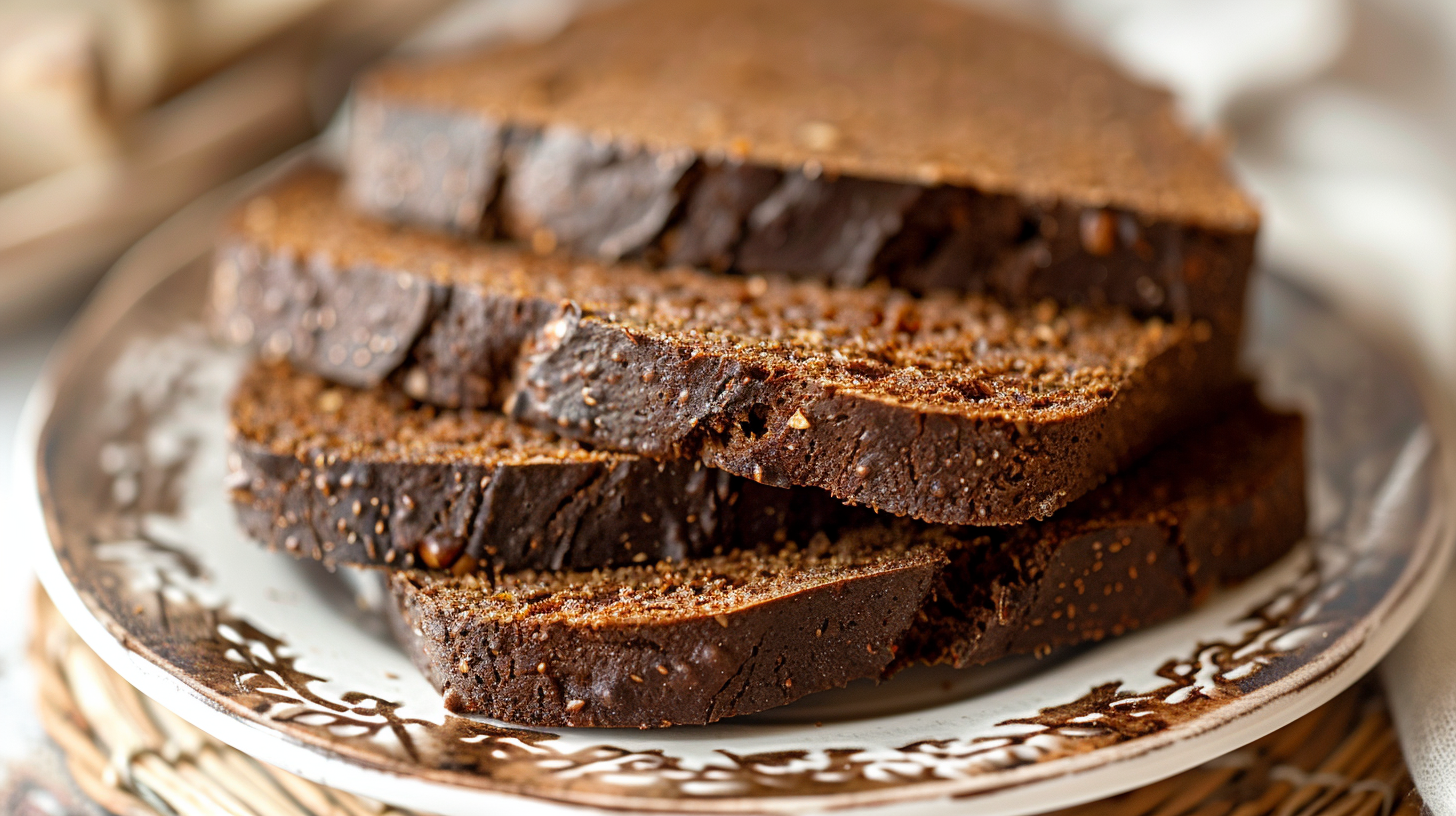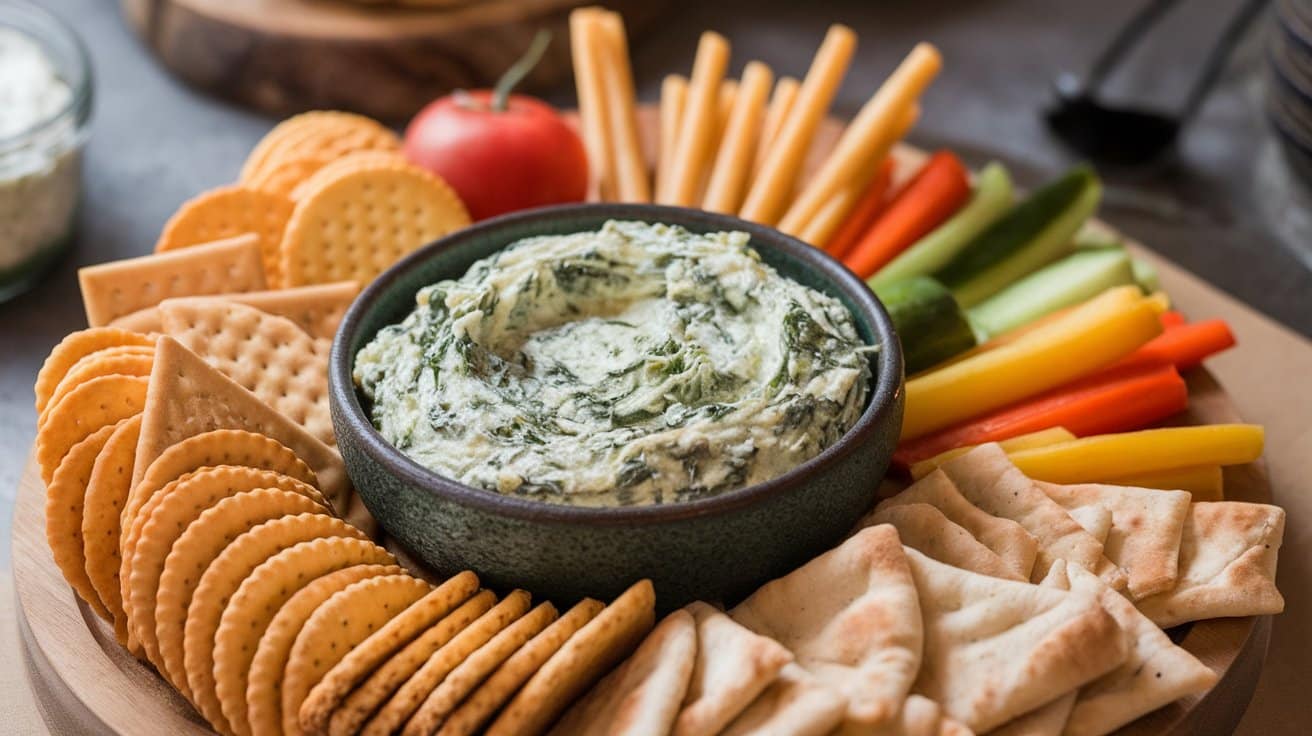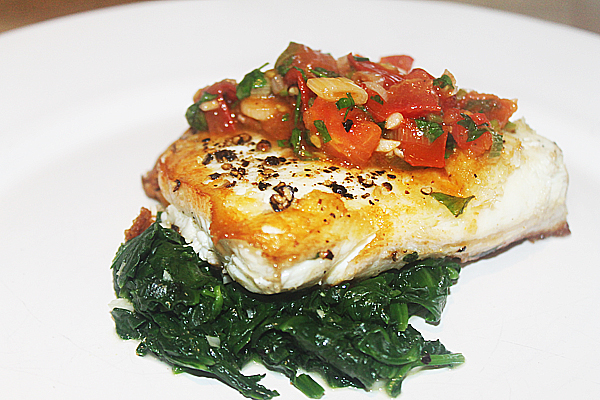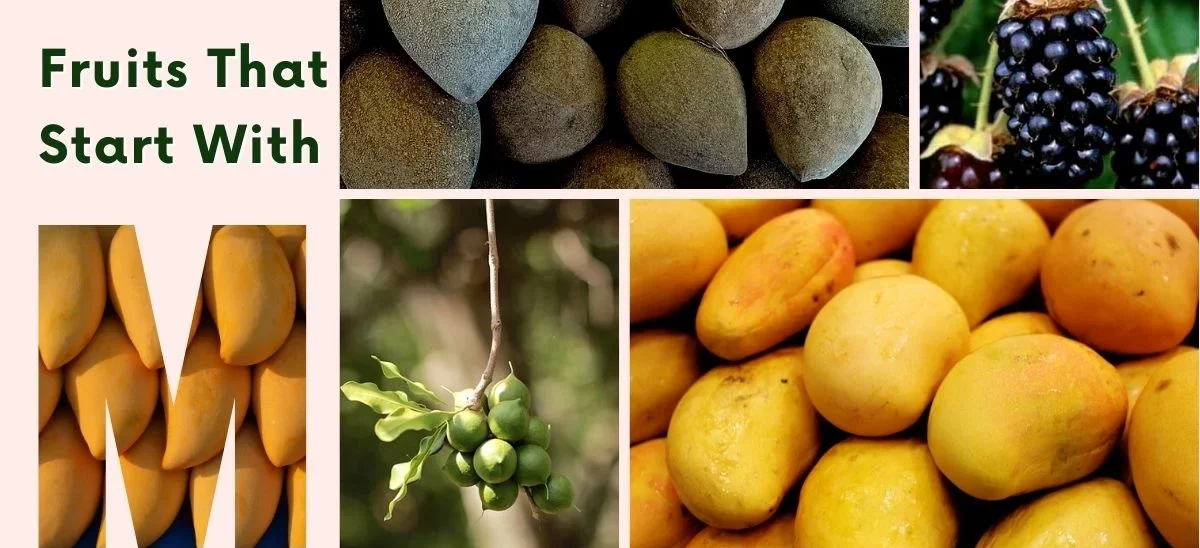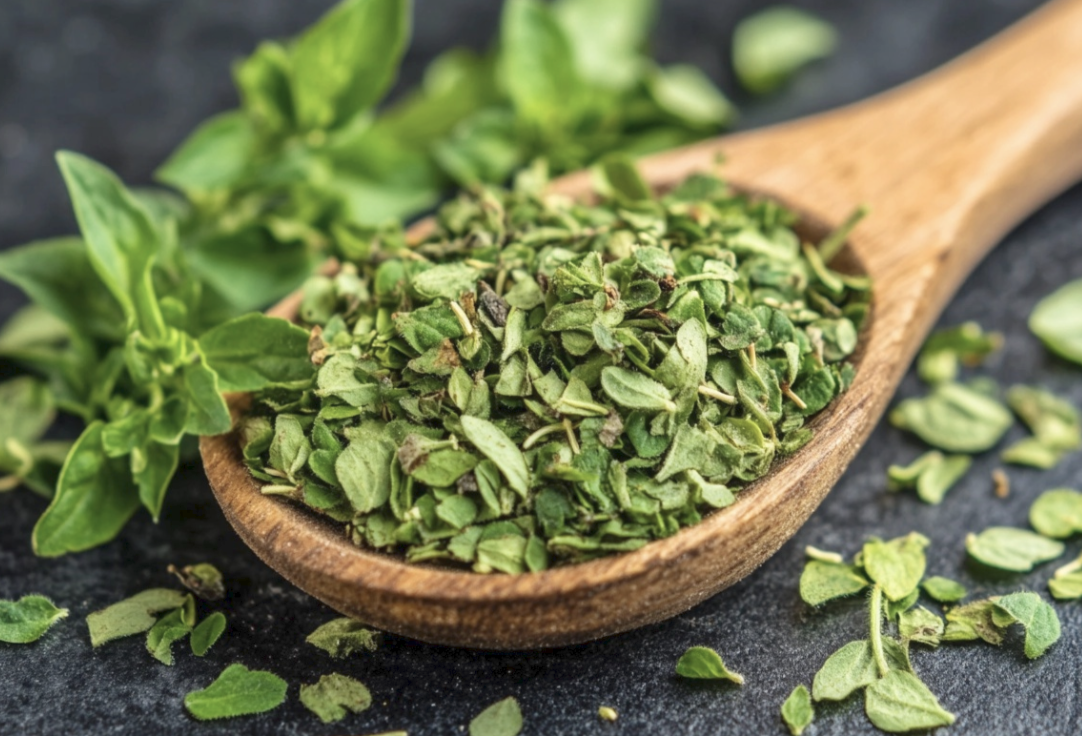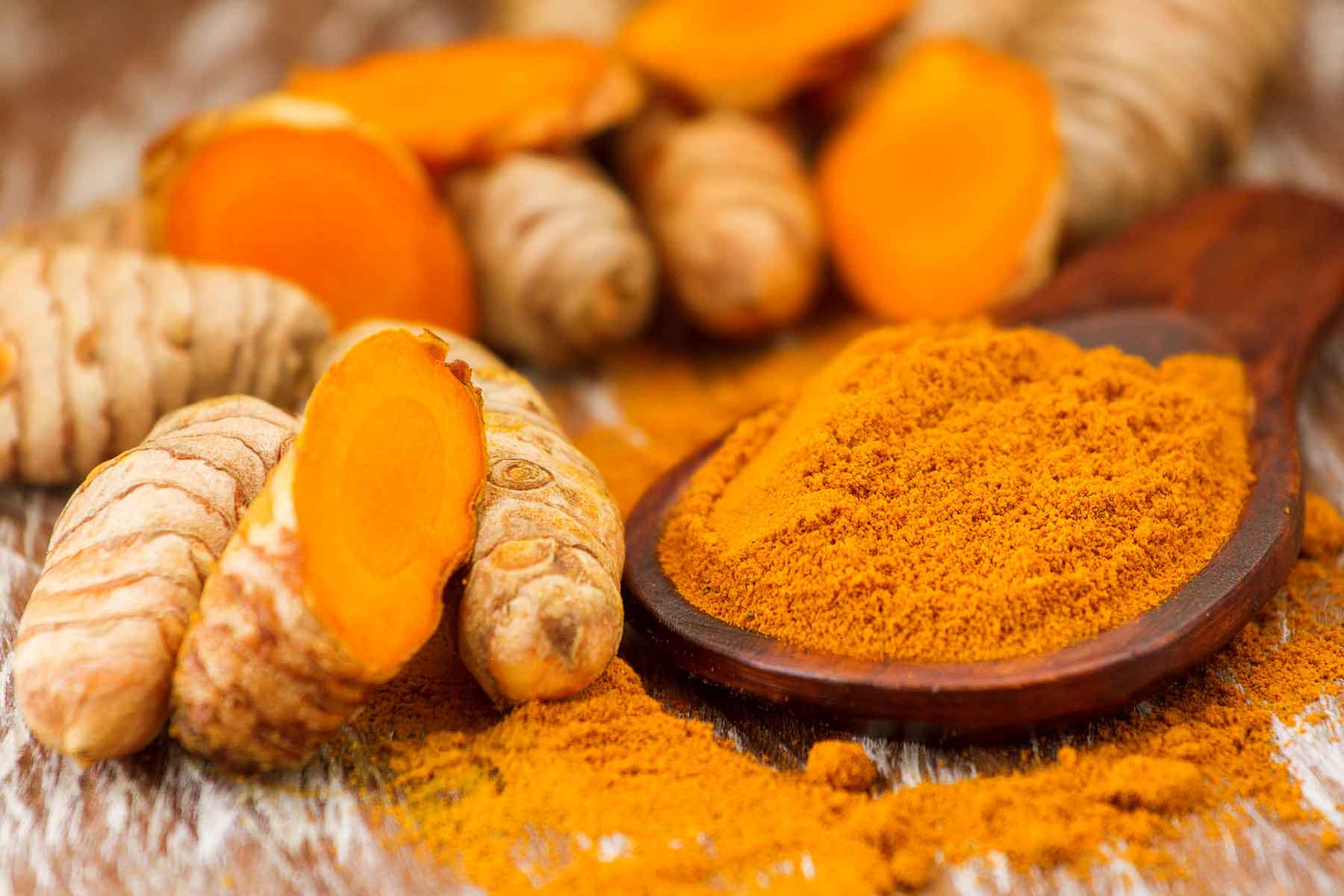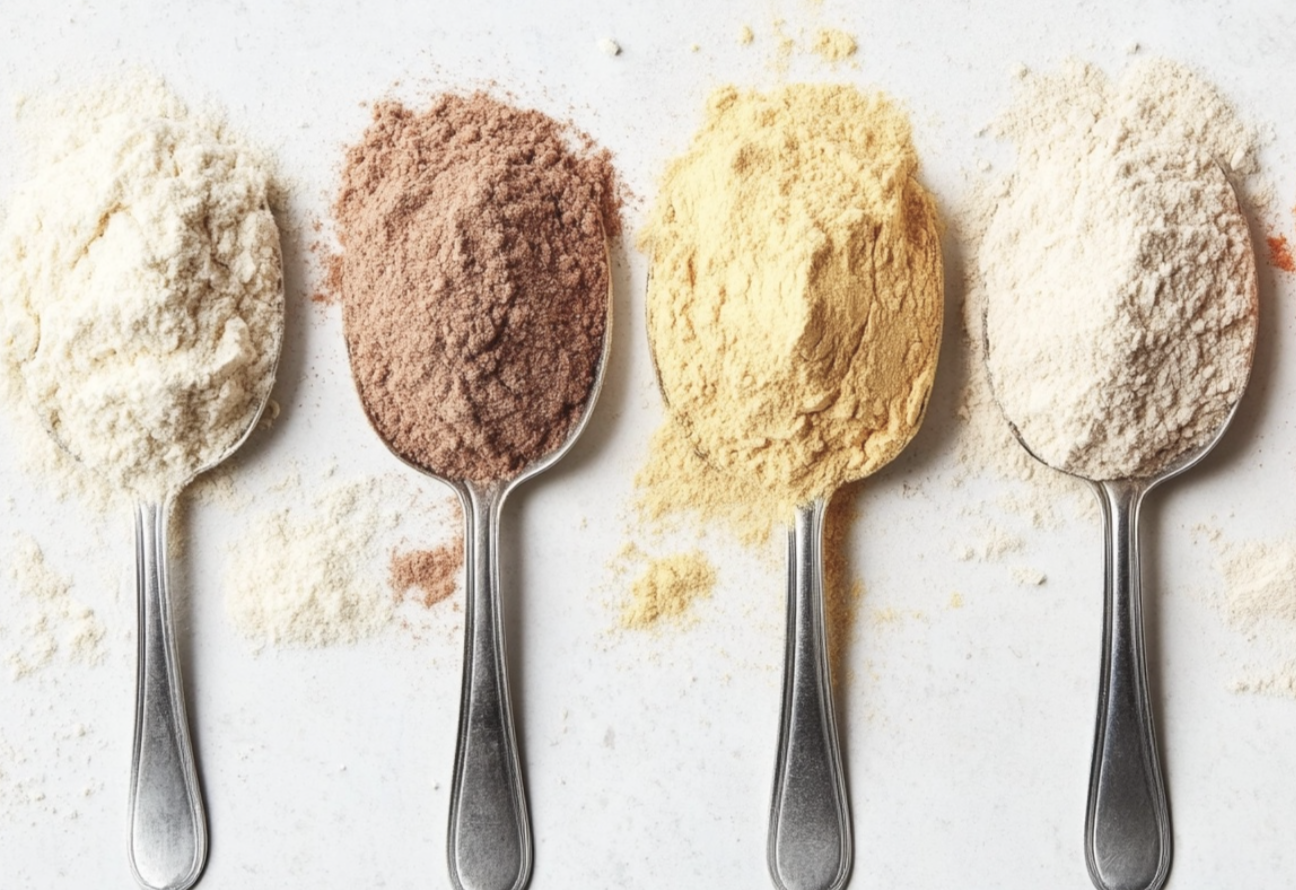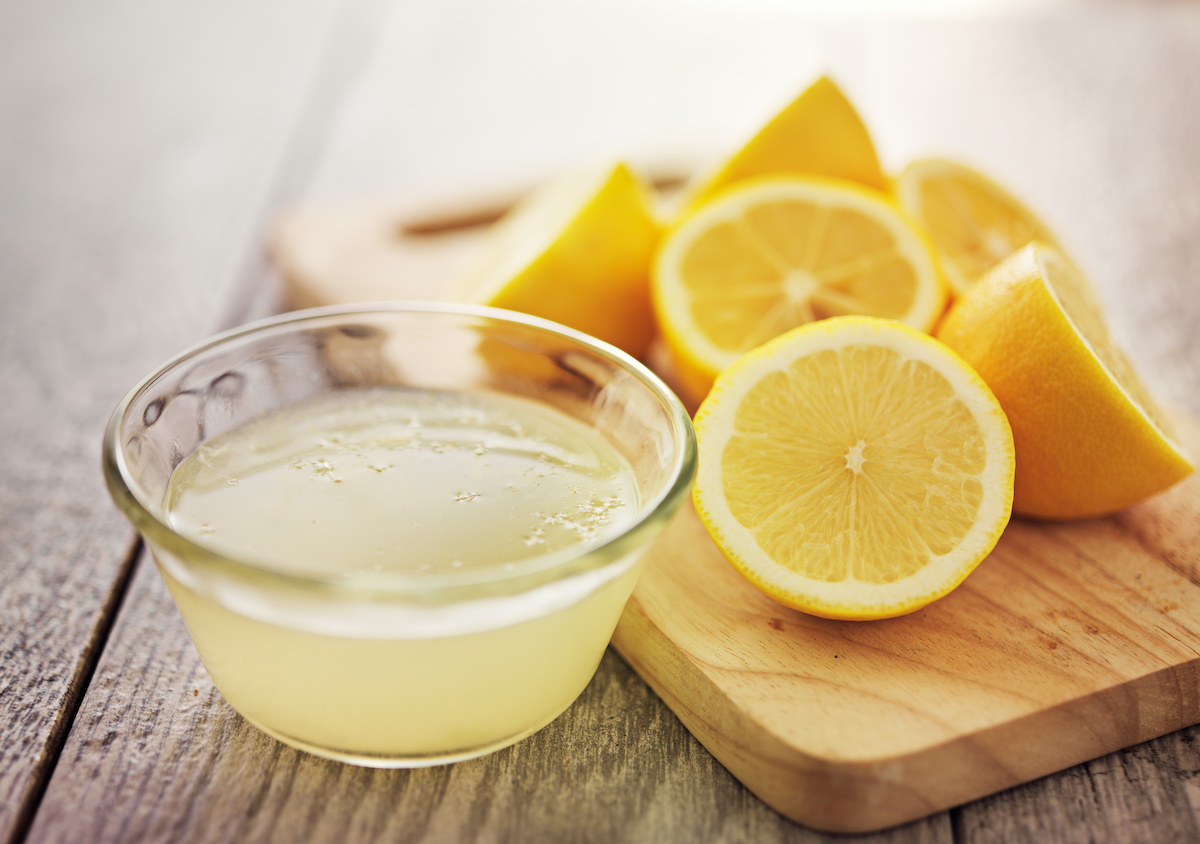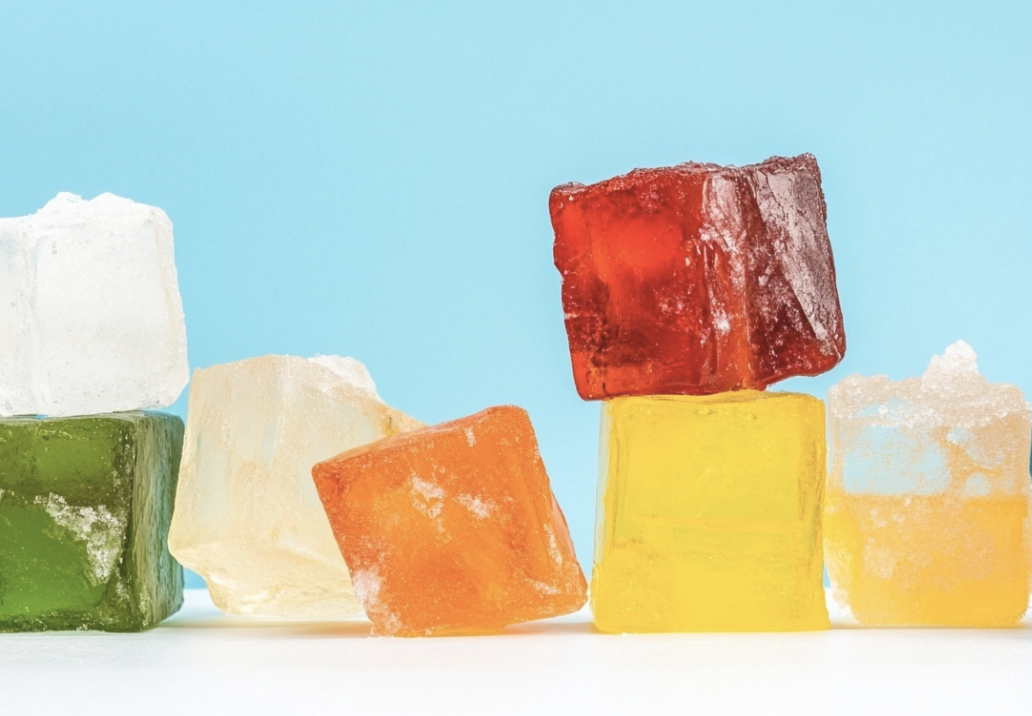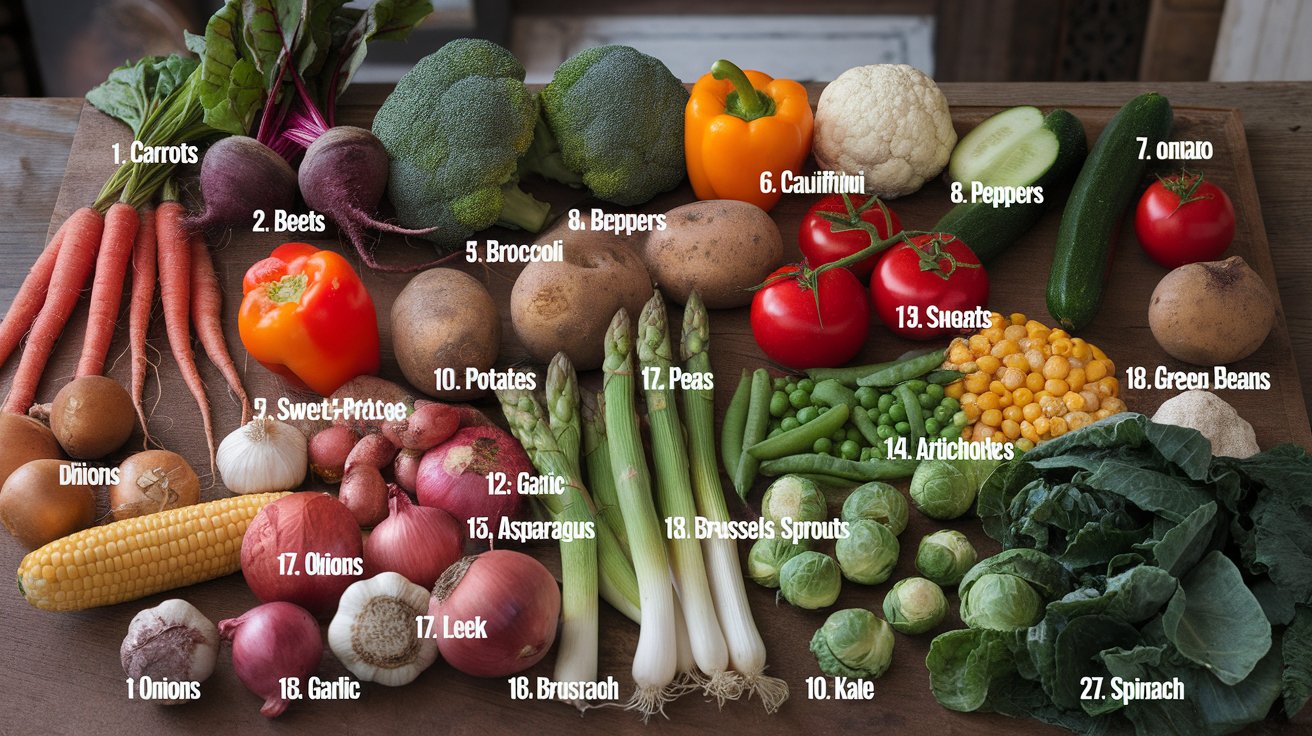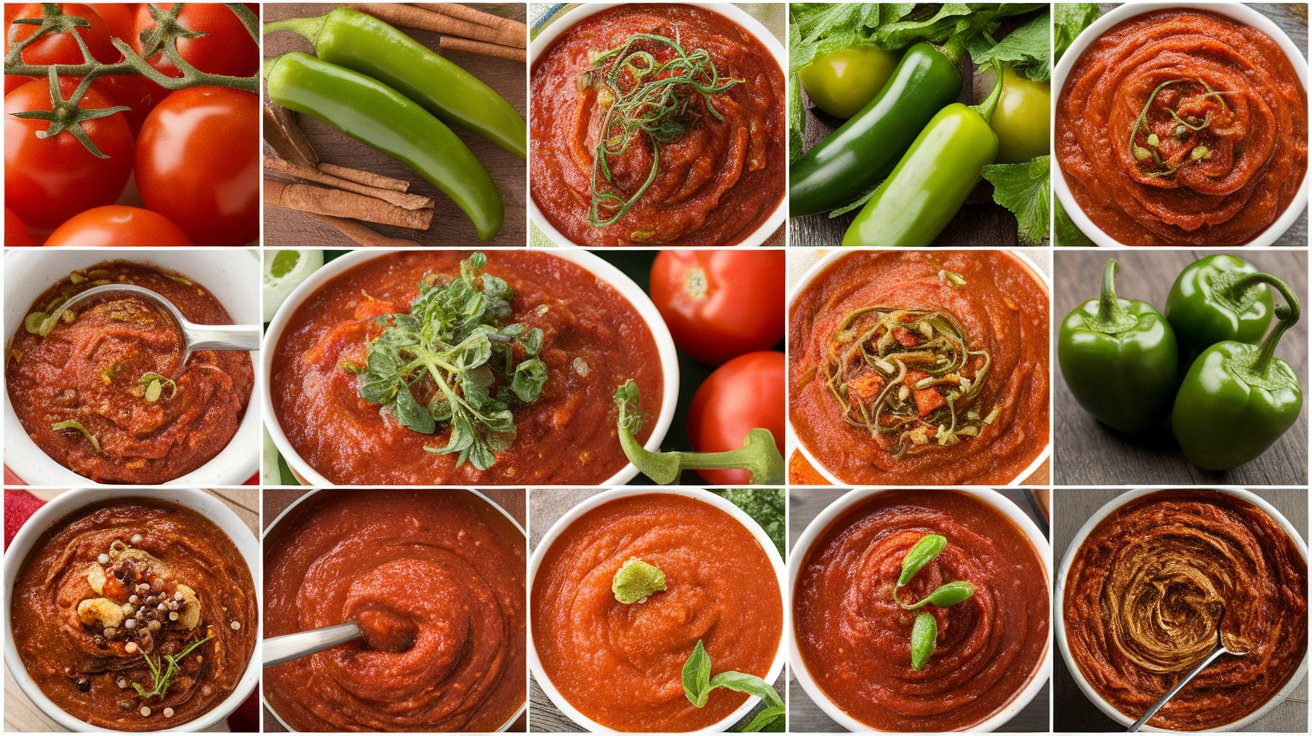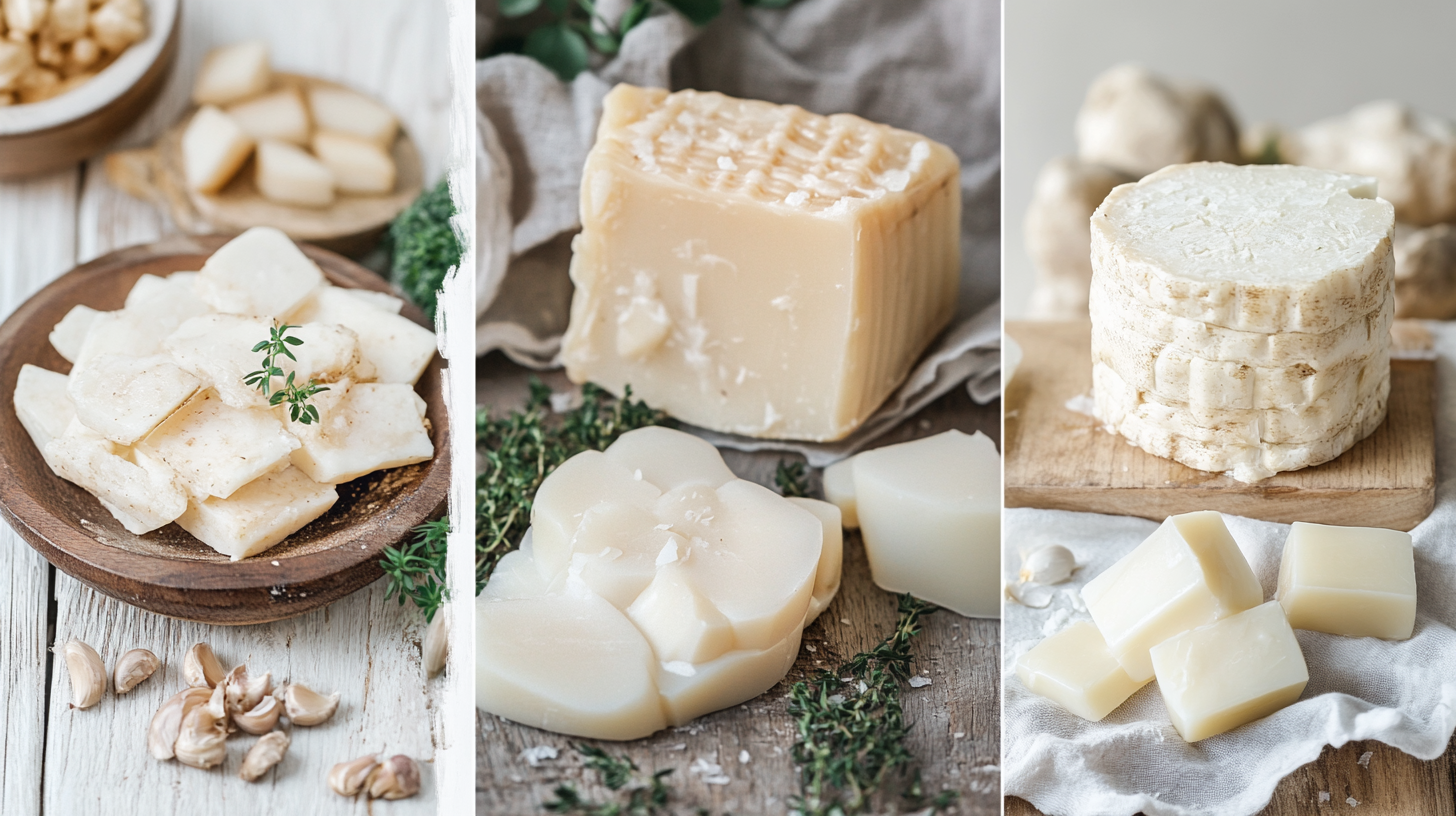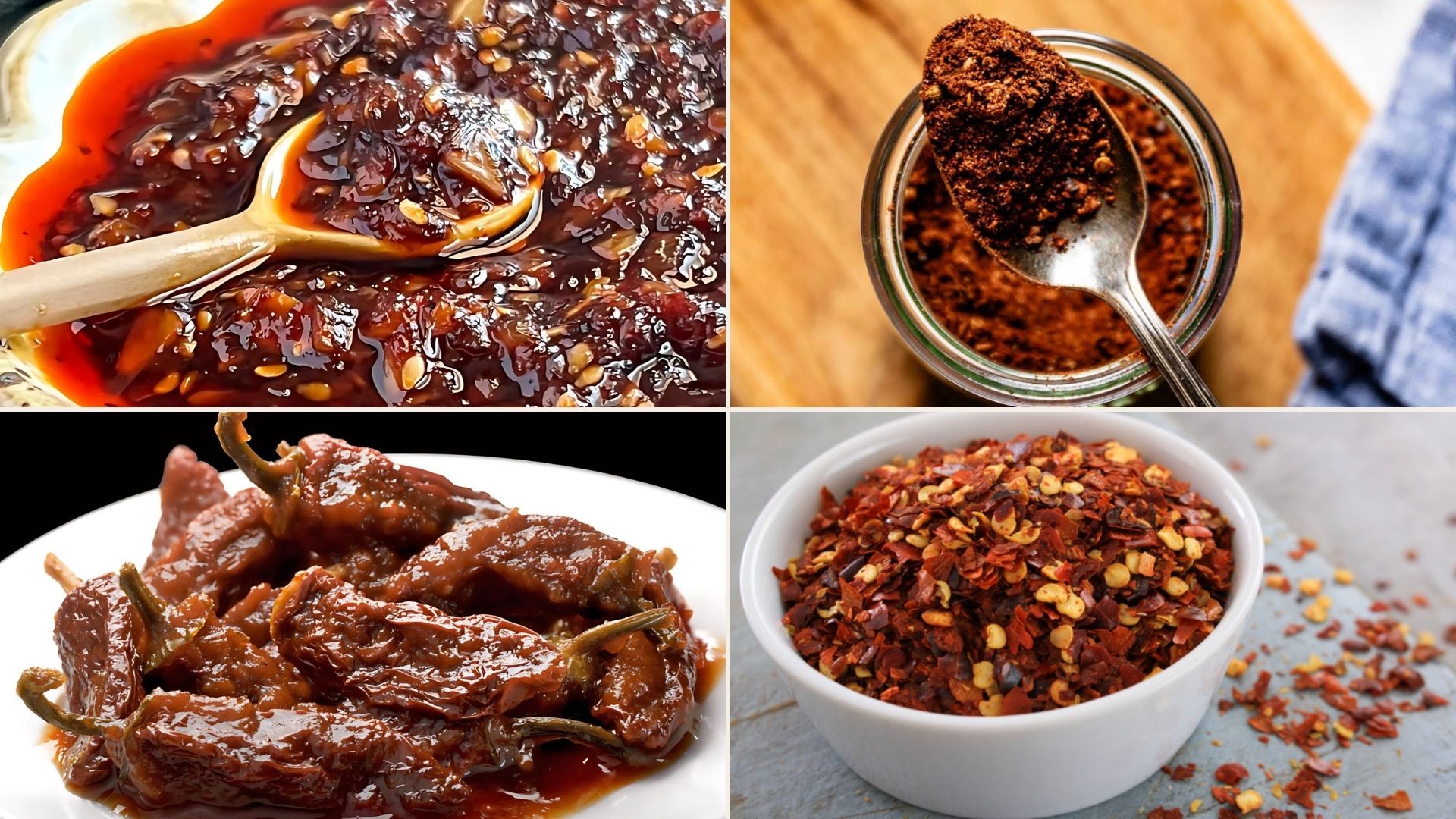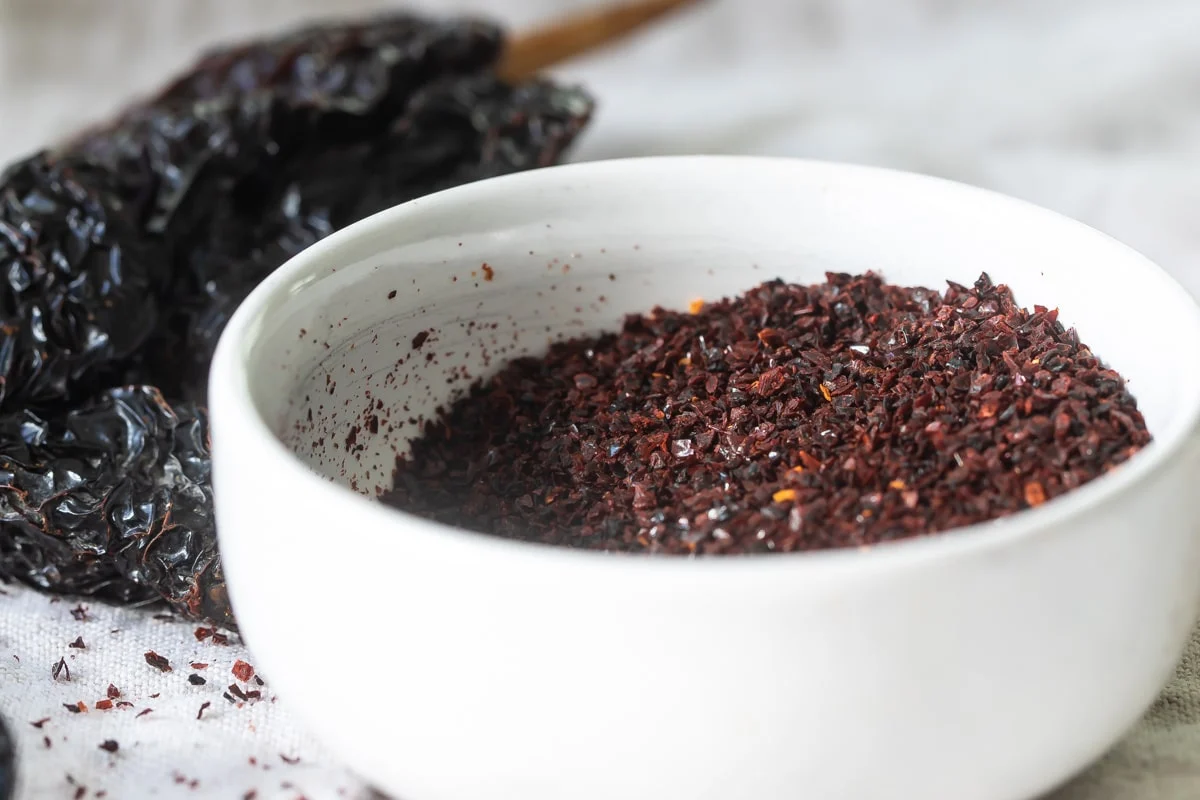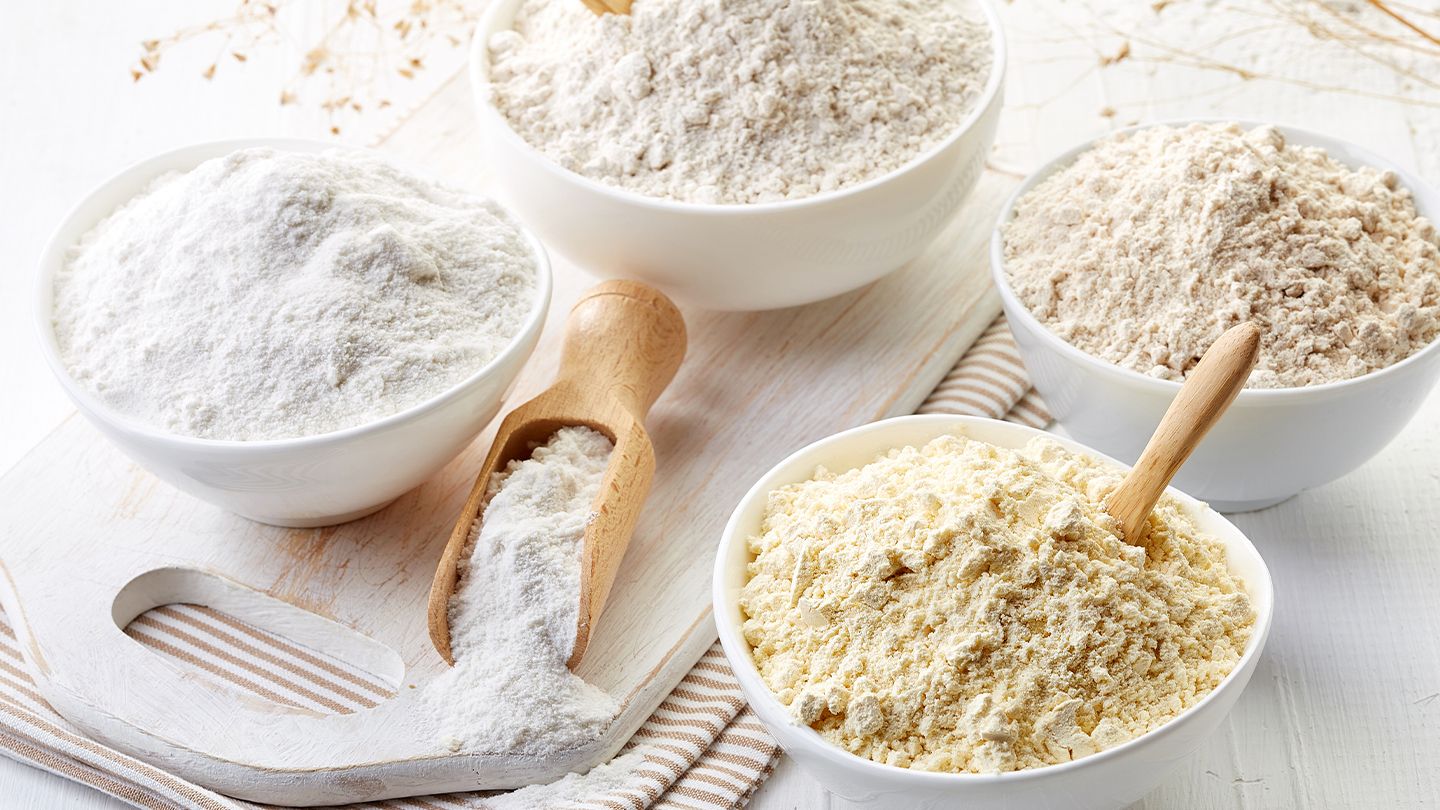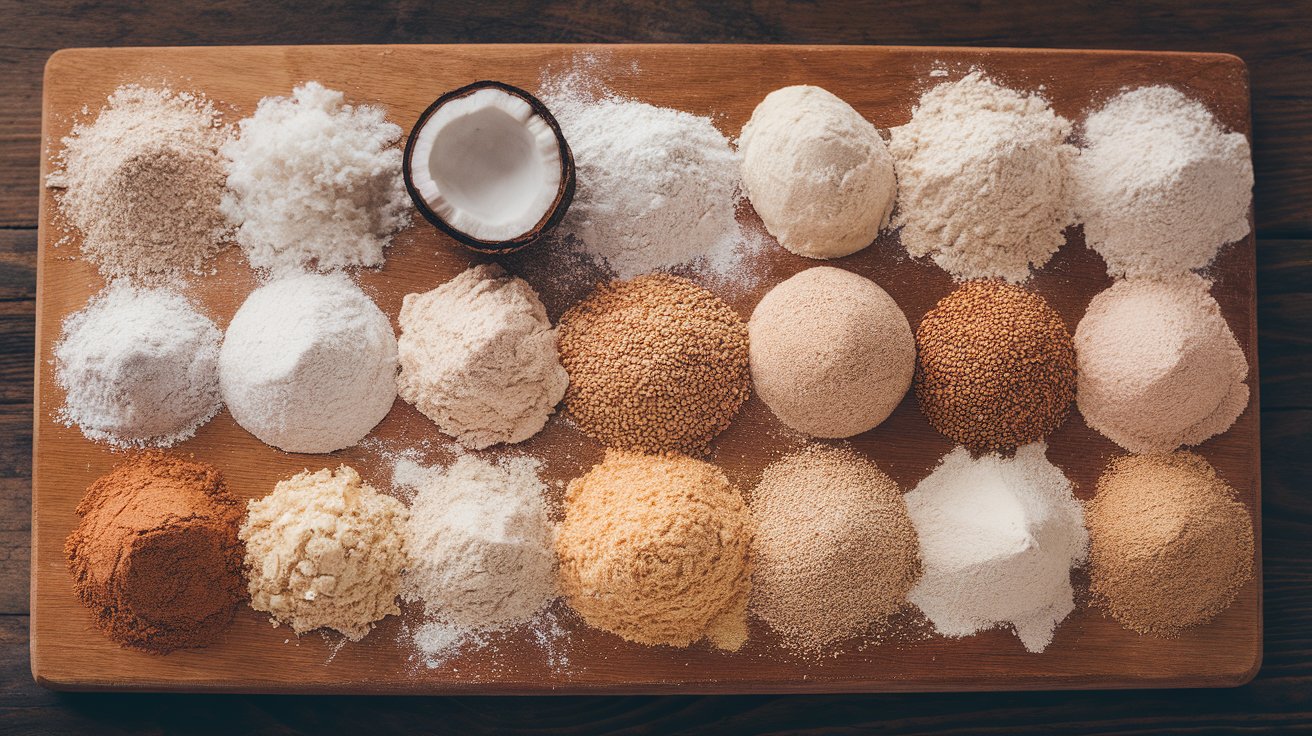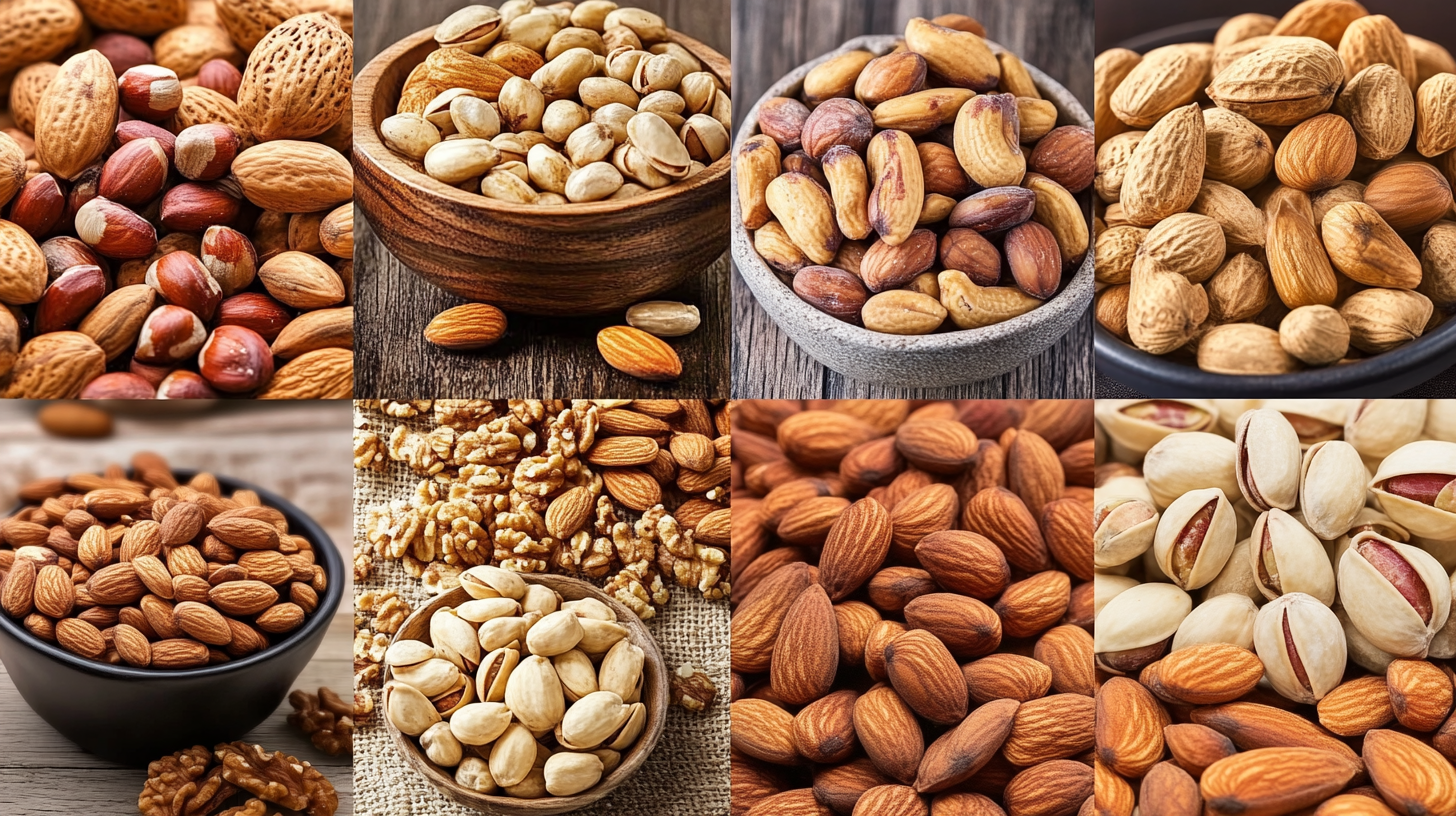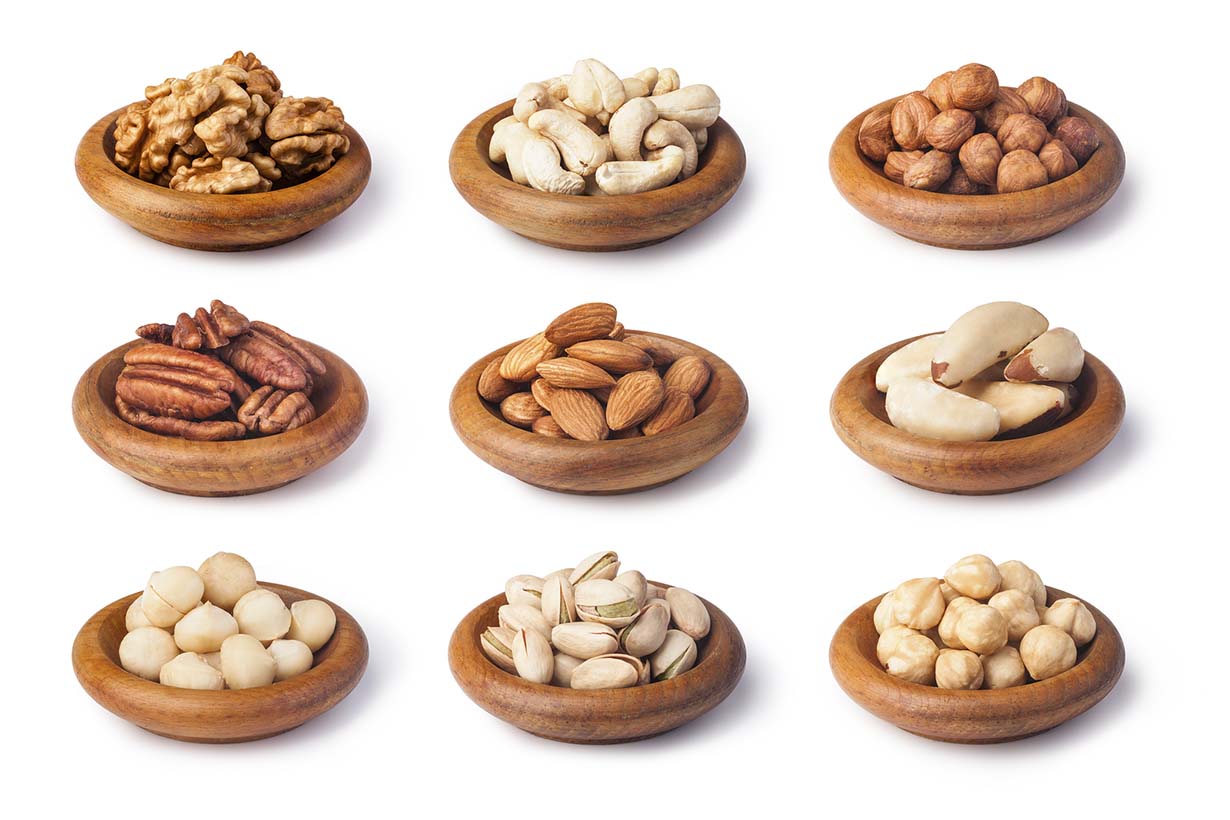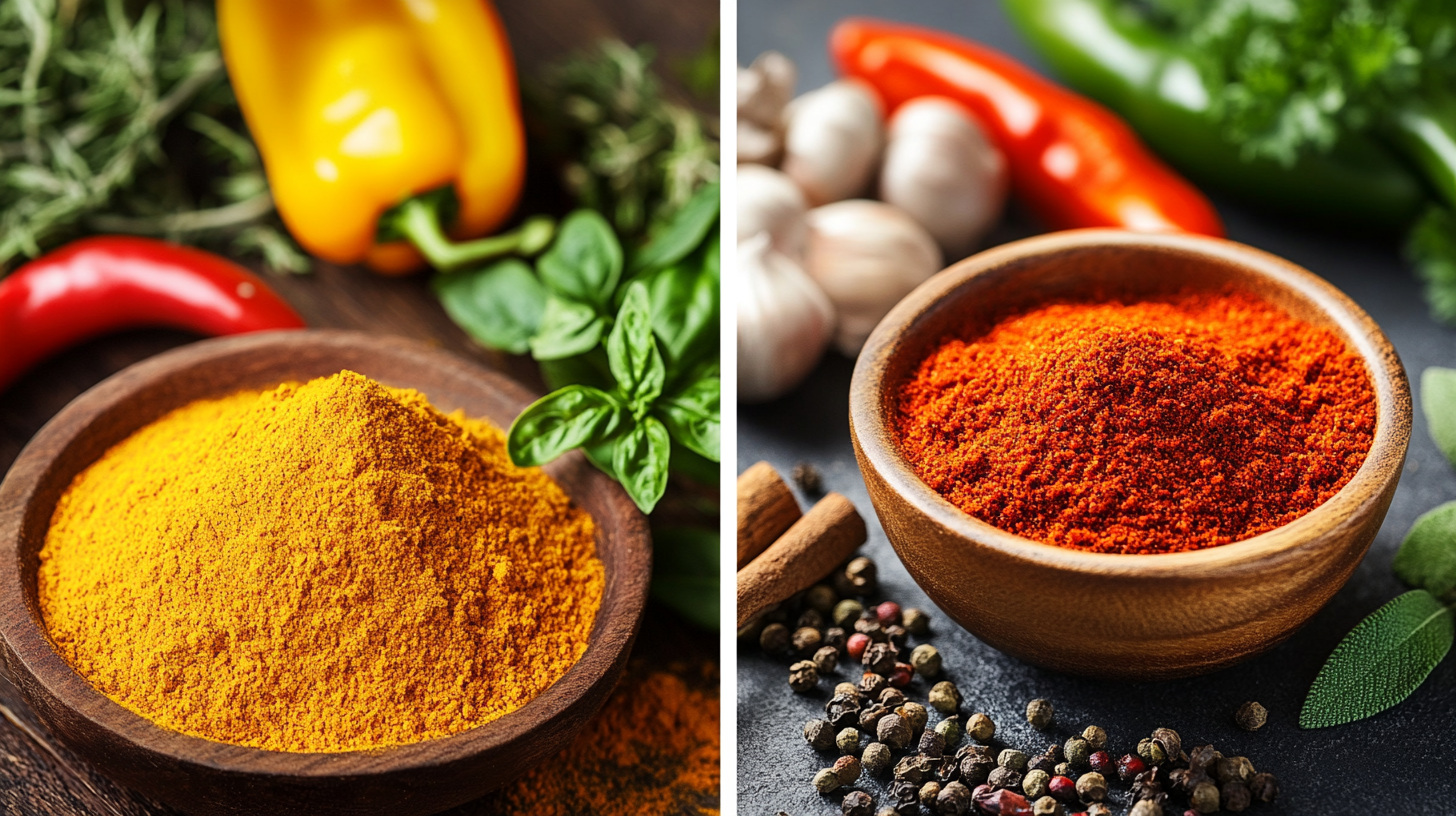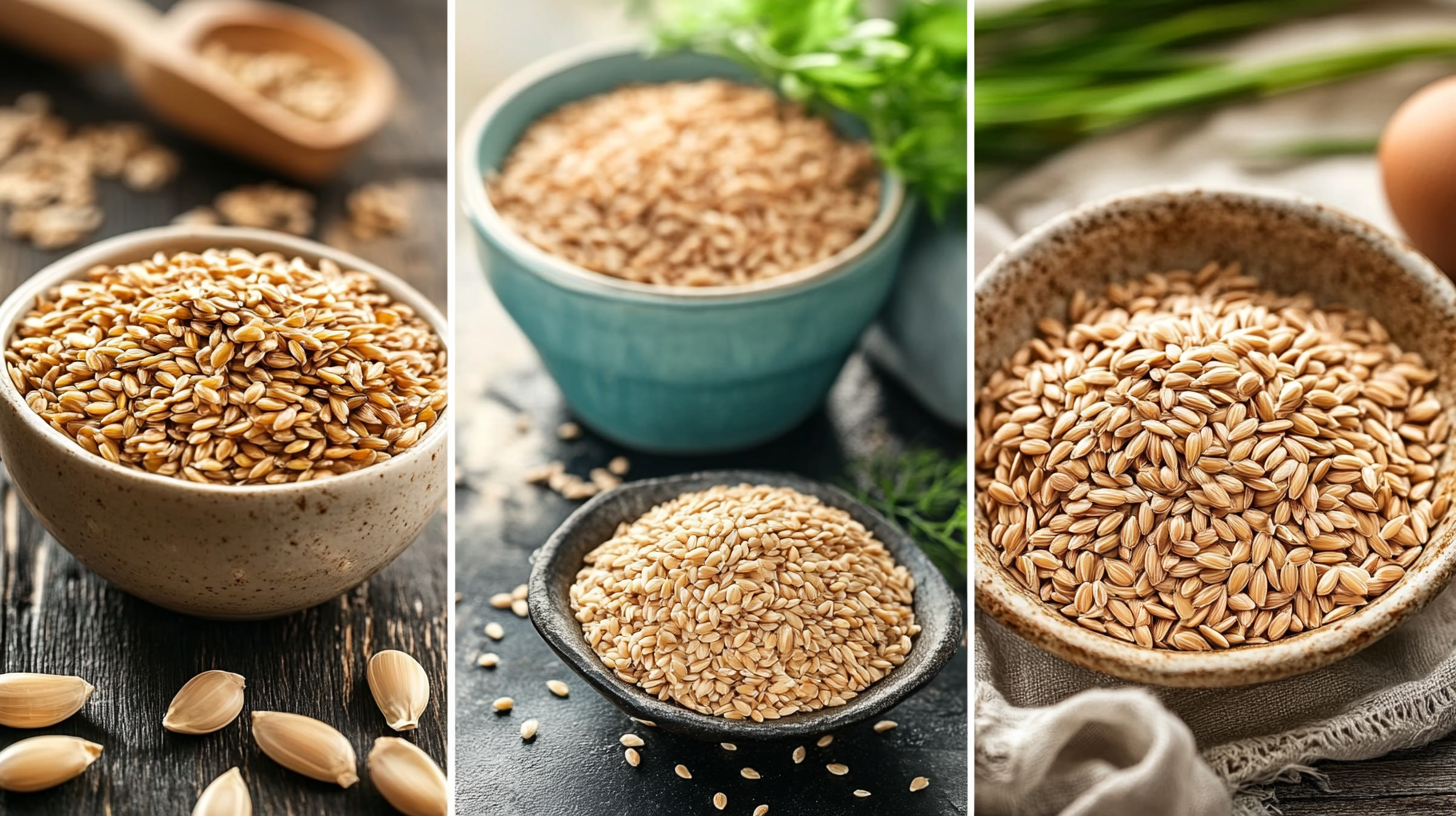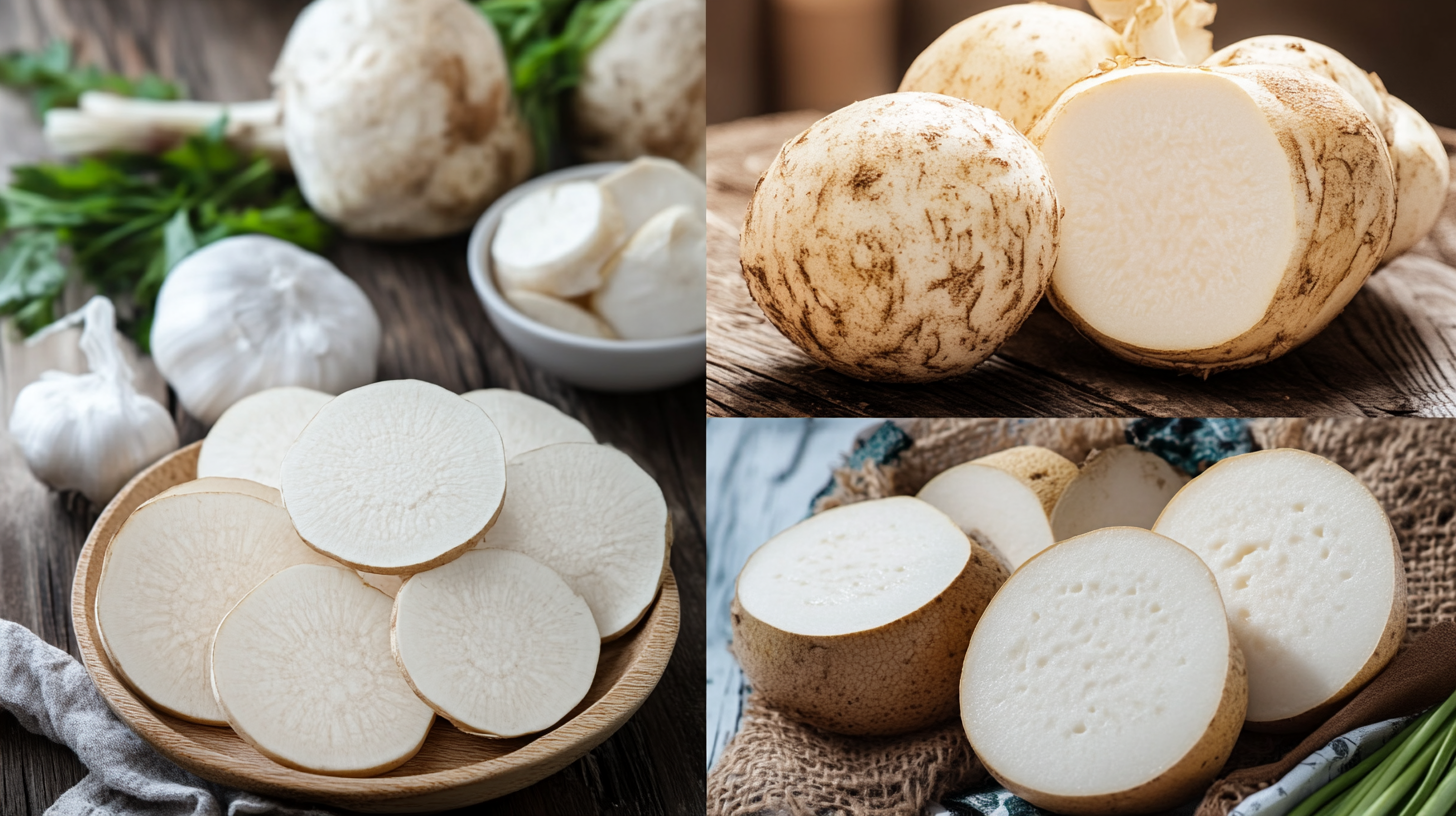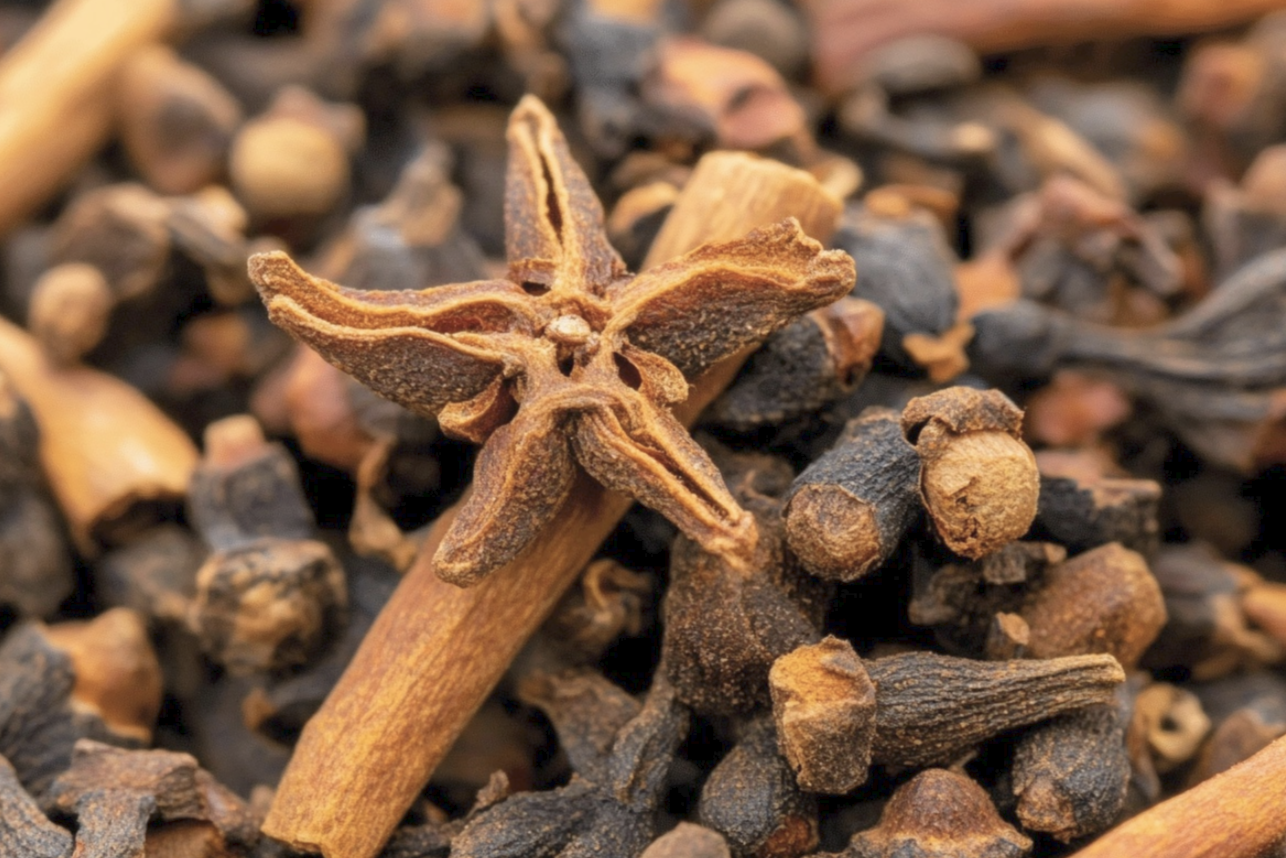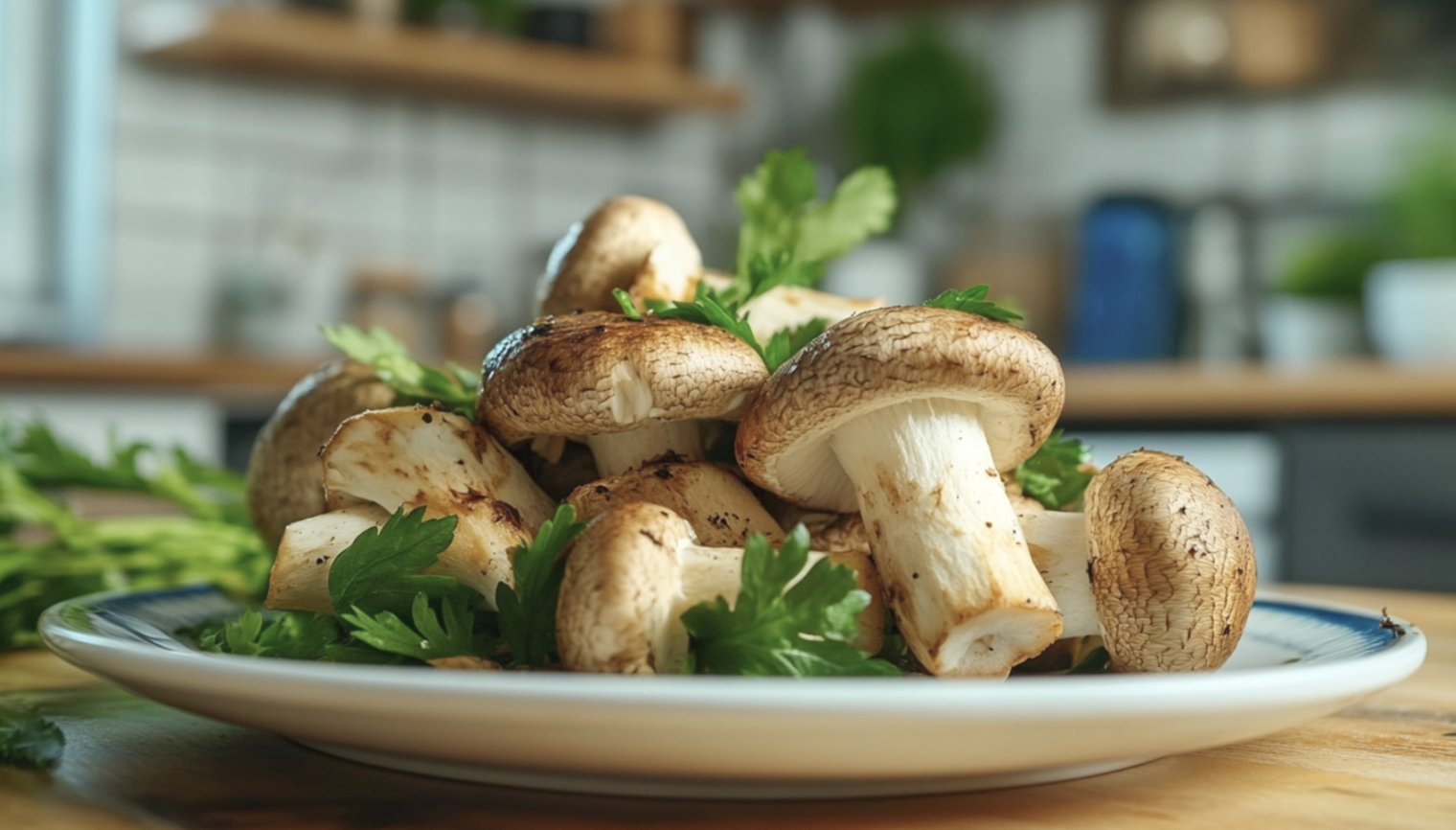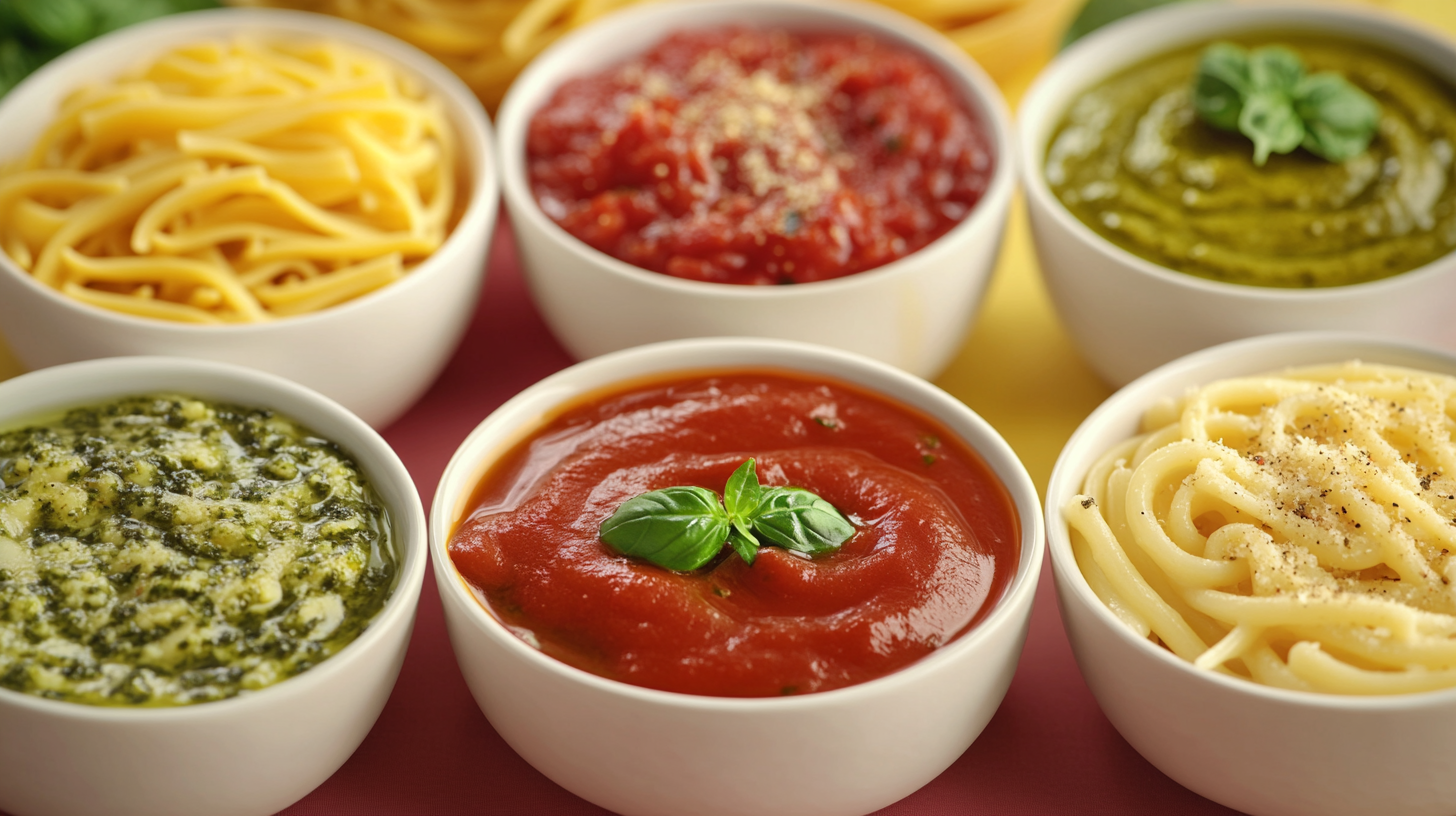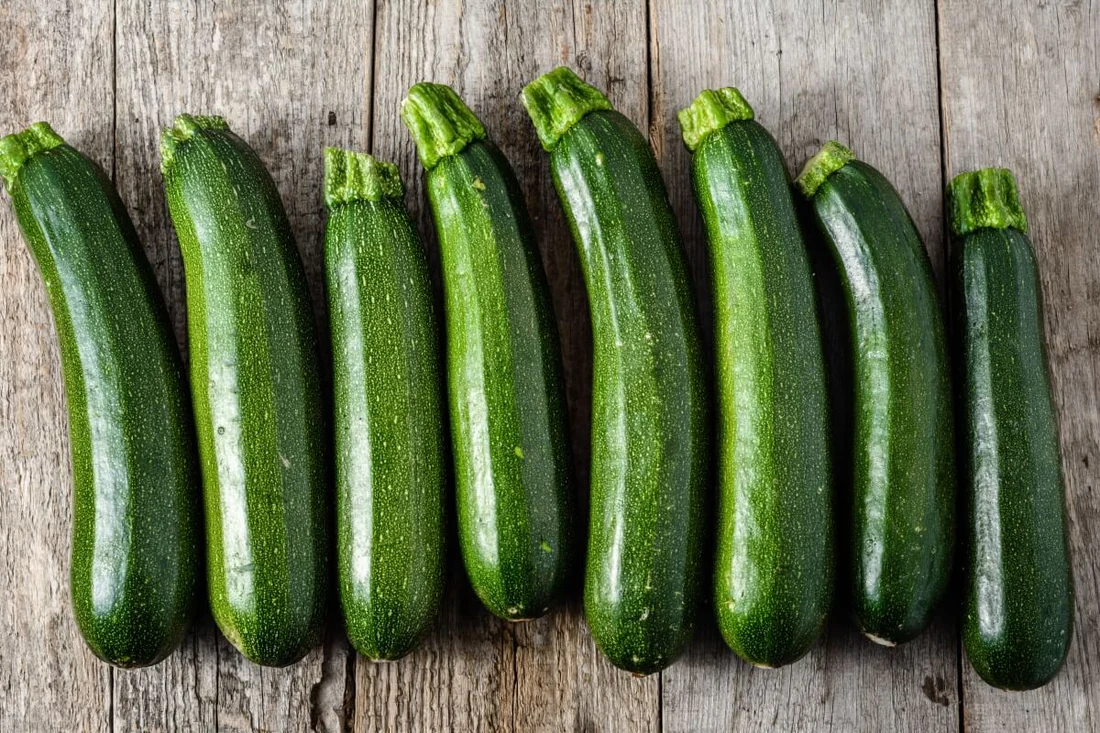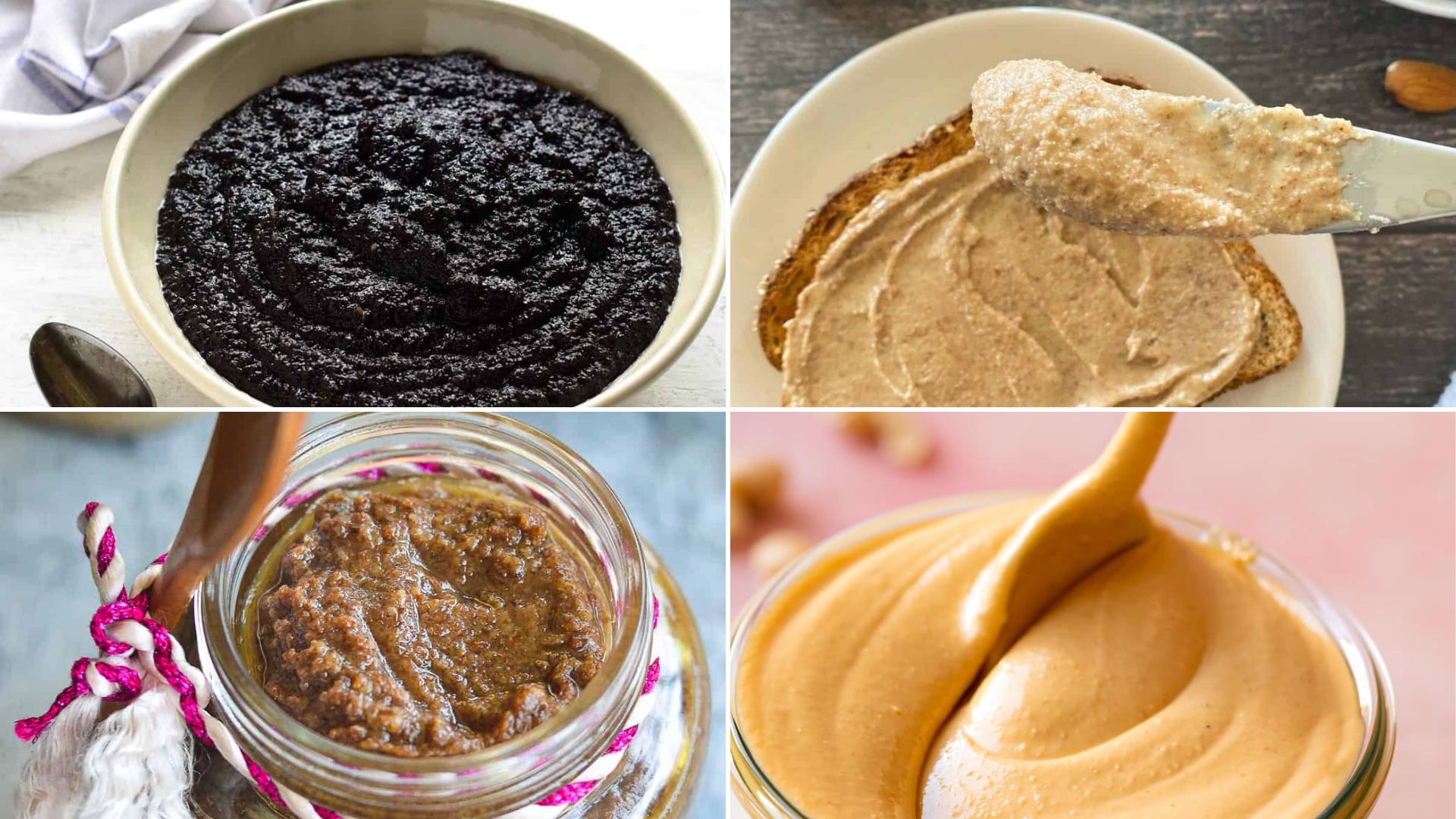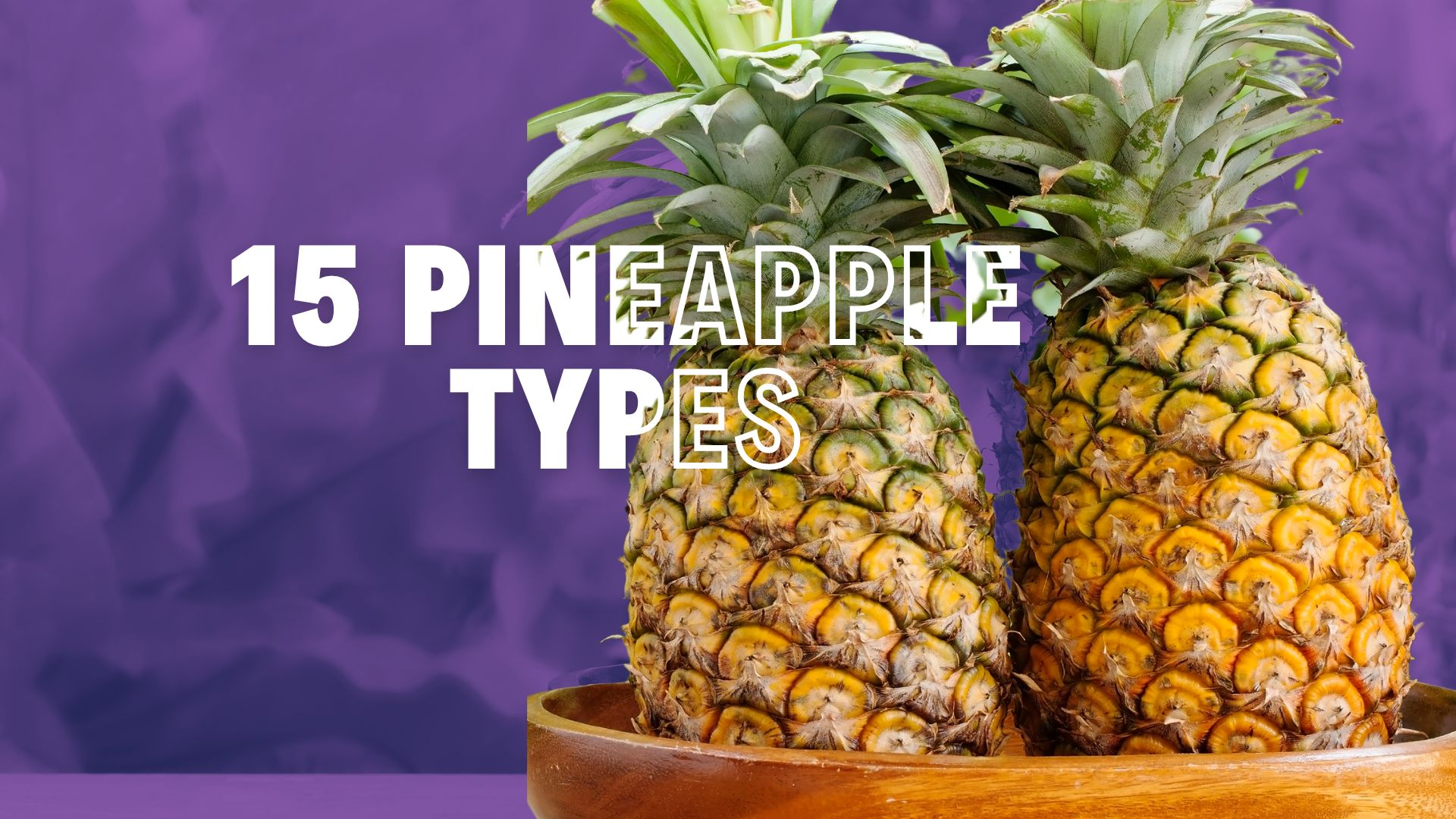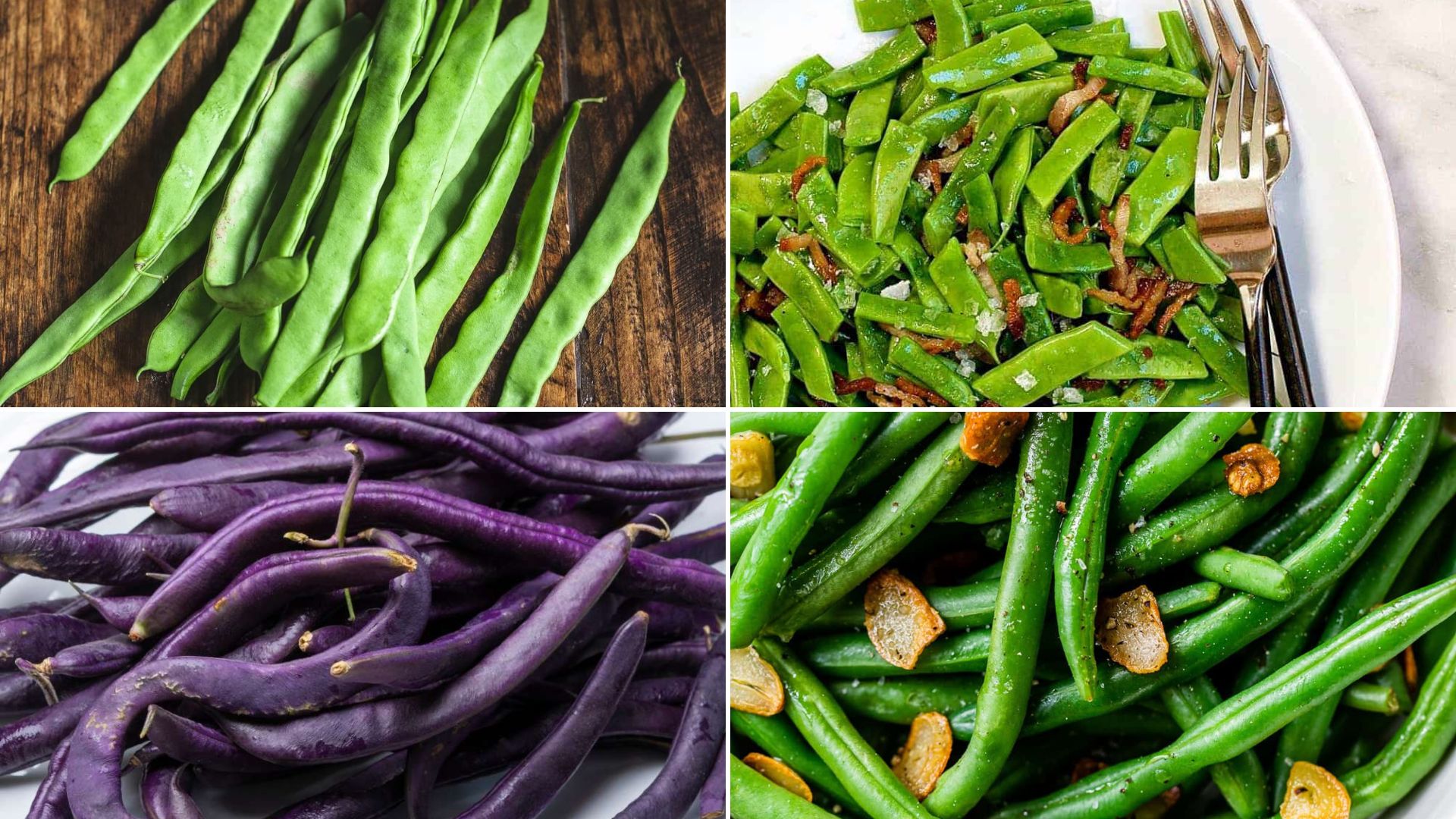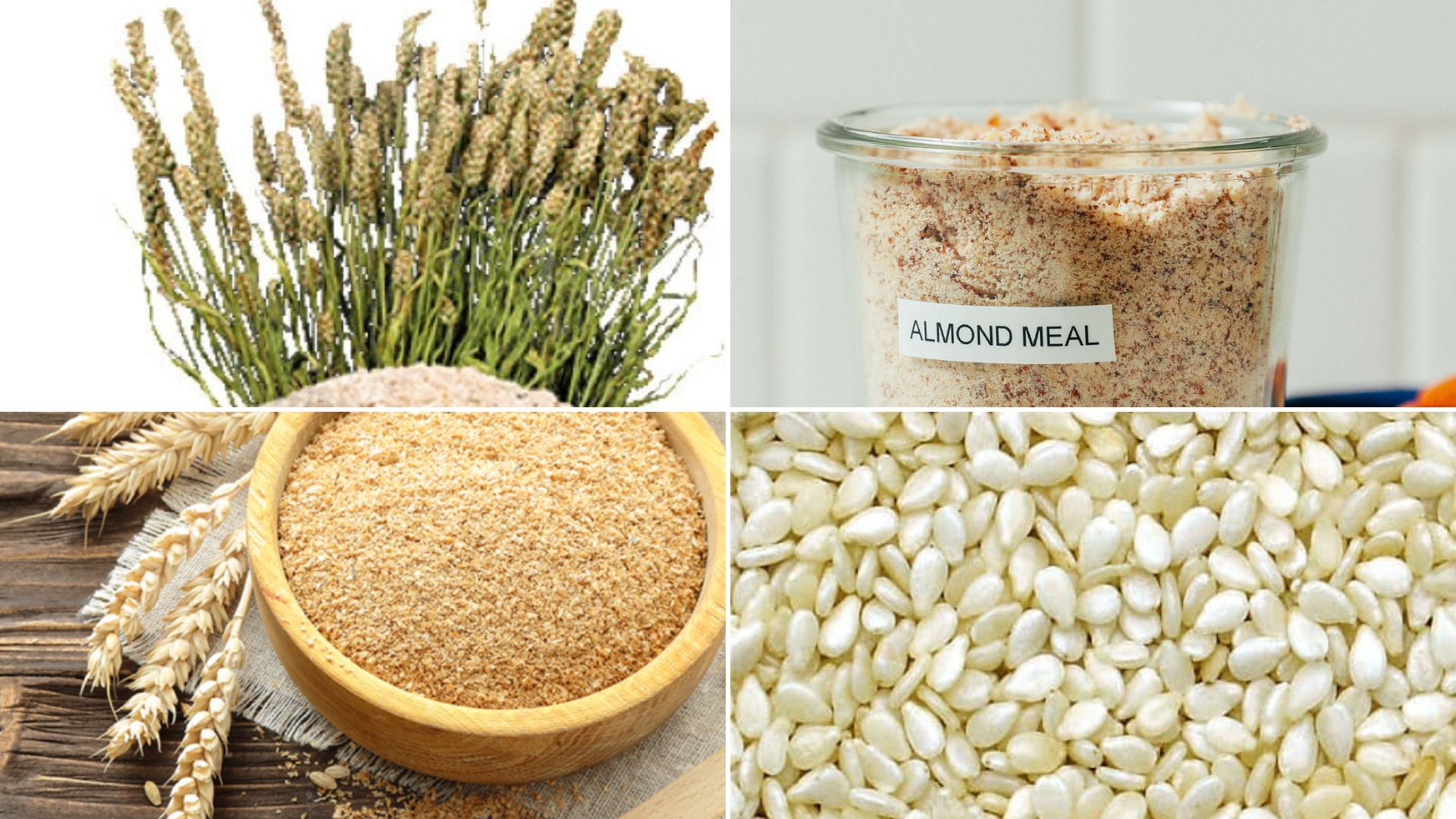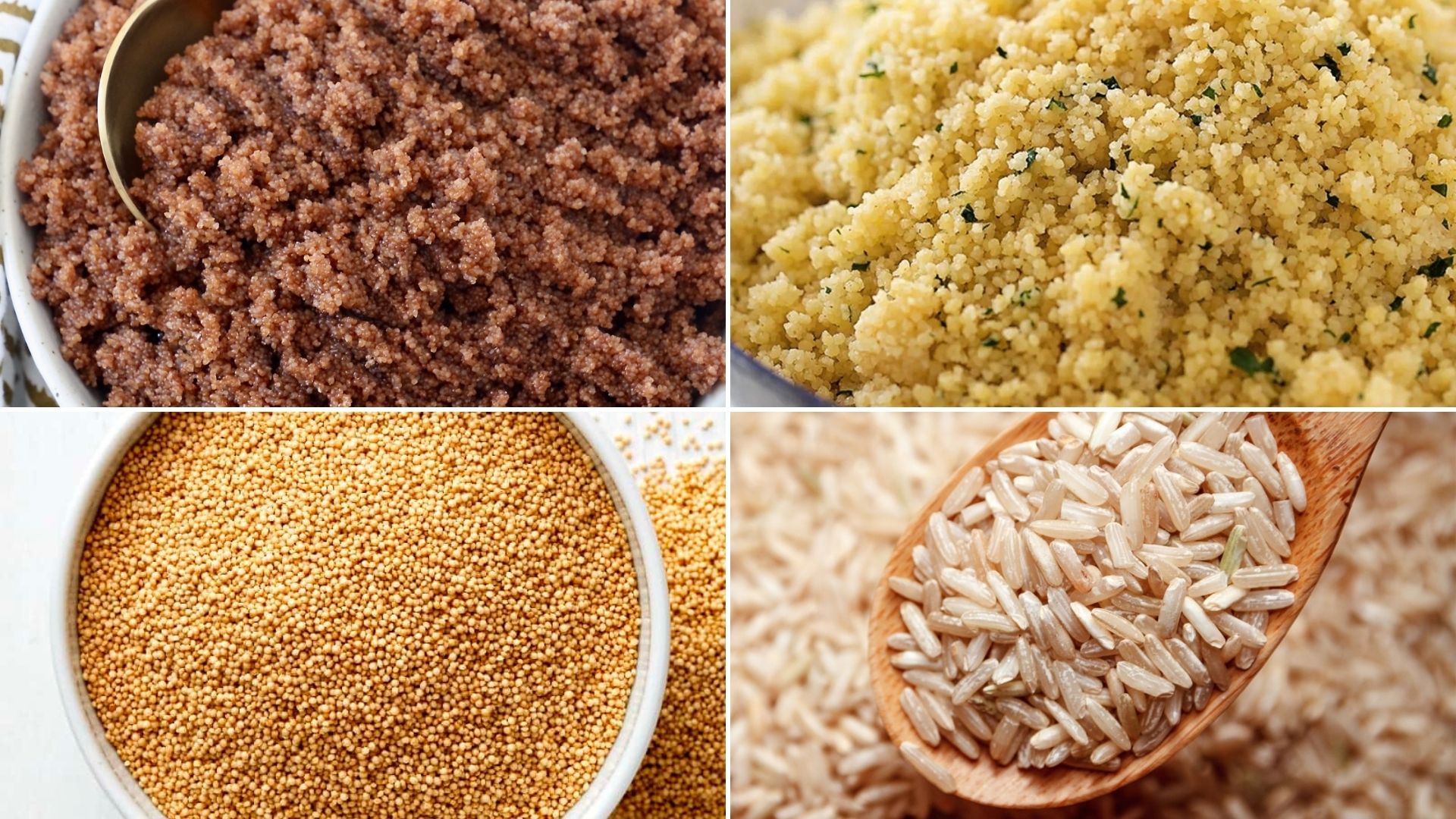
Running out of lime juice when needed most can be frustrating, especially when a recipe calls for the perfect tangy flavor.
Fortunately, several surprising ingredients can save the day, offering similar acidity and zest to your dishes.
In this blog, we’ll explore ten unexpected but effective substitutes for lime juice that you can use in your cooking.
From common pantry staples to more unique options, these substitutes will ensure you never miss that citrusy kick in your recipes.
Top Alternatives to Lime Juice You Should Try
1. Lemon Juice

Flavor Similarity: Lemon juice is the closest substitute for lime juice, offering a similar tart and acidic flavor. While slightly less intense, lemon juice can easily replace lime juice in most recipes.
Usage: Lemon juice can be used in a 1:1 ratio as a direct substitute for lime juice. It provides a fresh and tangy flavor in dressings, marinades, beverages, and desserts.
Nutritional Benefits: Lemon juice, like lime juice, is rich in vitamin C and provides antioxidants that support immune health.
2. Vinegar (White or Apple Cider)
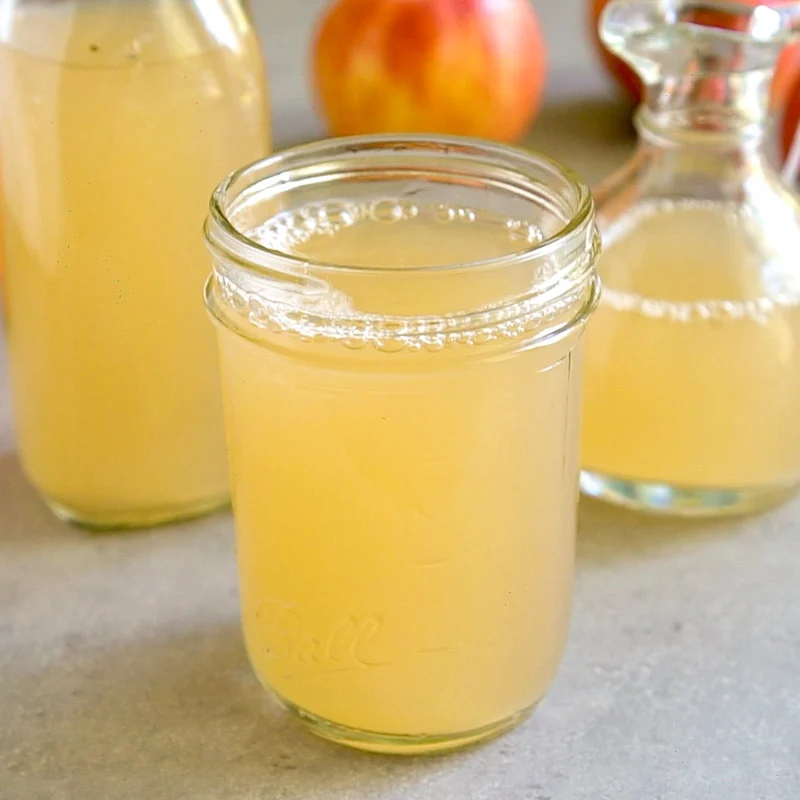
Flavor Similarity: Vinegar, especially white or apple cider vinegar, offers a sharp acidity that can mimic the tartness of lime juice. While it lacks the citrus flavor, it still provides the necessary acidity for many recipes.
Usage: Vinegar can be used slightly less (about ¾ lime juice) to achieve the desired acidity without overpowering the dish. It’s ideal for savory dishes, marinades, and pickling.
Nutritional Benefits: Vinegar is low in calories and contains acetic acid, linked to various health benefits, including blood sugar control.
3. Citrus Zest (Lemon or Lime)
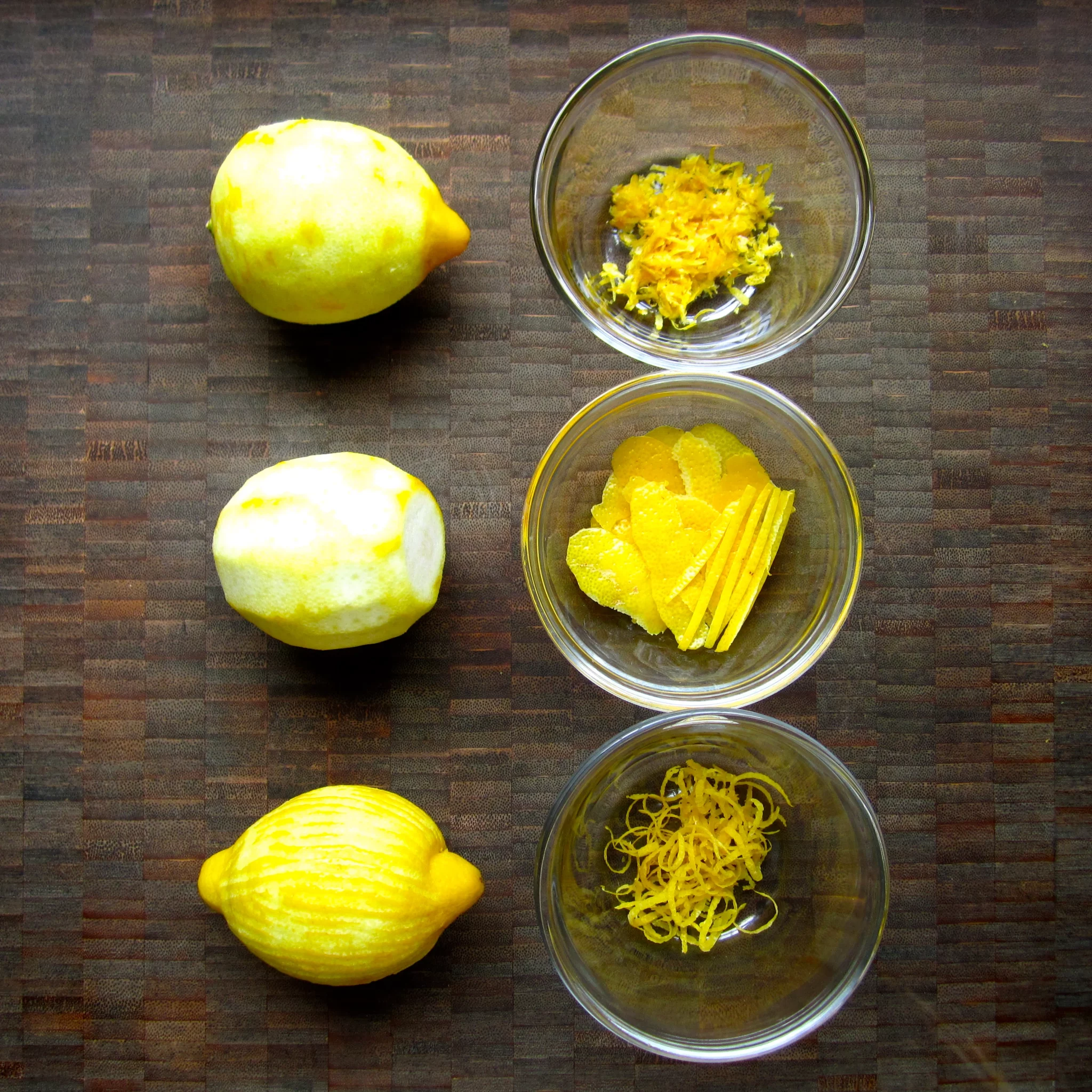
Flavor Similarity: Citrus zest from lemon or lime offers a concentrated burst of citrus flavor without the juice’s acidity. It’s a great option for the lime flavor without the liquid.
Usage: Lemon or lime zest can flavor baked goods, sauces, and dressings. It works best with another acidic substitute, such as vinegar or citric acid.
Nutritional Benefits: Citrus zest contains essential oils and antioxidants, adding flavor and nutritional benefits to your dishes.
4. Orange Juice

Flavor Similarity: Orange juice is sweeter and less acidic than lime juice, but it still provides a citrusy flavor that can work in certain recipes. It’s particularly good for adding a hint of sweetness along with acidity.
Usage: Use orange juice in a 1:1 ratio as a substitute for lime juice in recipes that can handle more sweetness, such as desserts, cocktails, or certain marinades.
Nutritional Benefits: Orange juice is high in vitamin C and other antioxidants, contributing to overall health and immune support.
5. Grapefruit Juice

Flavor Similarity: Grapefruit juice has a slightly bitter and tart flavor, making it a suitable, though less common, substitute for lime juice. It adds a unique citrus flavor with a bit of bitterness.
Usage: Use grapefruit juice in a 1:1 ratio to substitute lime juice in salads, dressings, or cocktails where a slight bitterness is acceptable.
Nutritional Benefits: Grapefruit juice is rich in vitamins A and C and antioxidants, which can support skin health and immune function.
6. Tamarind Paste
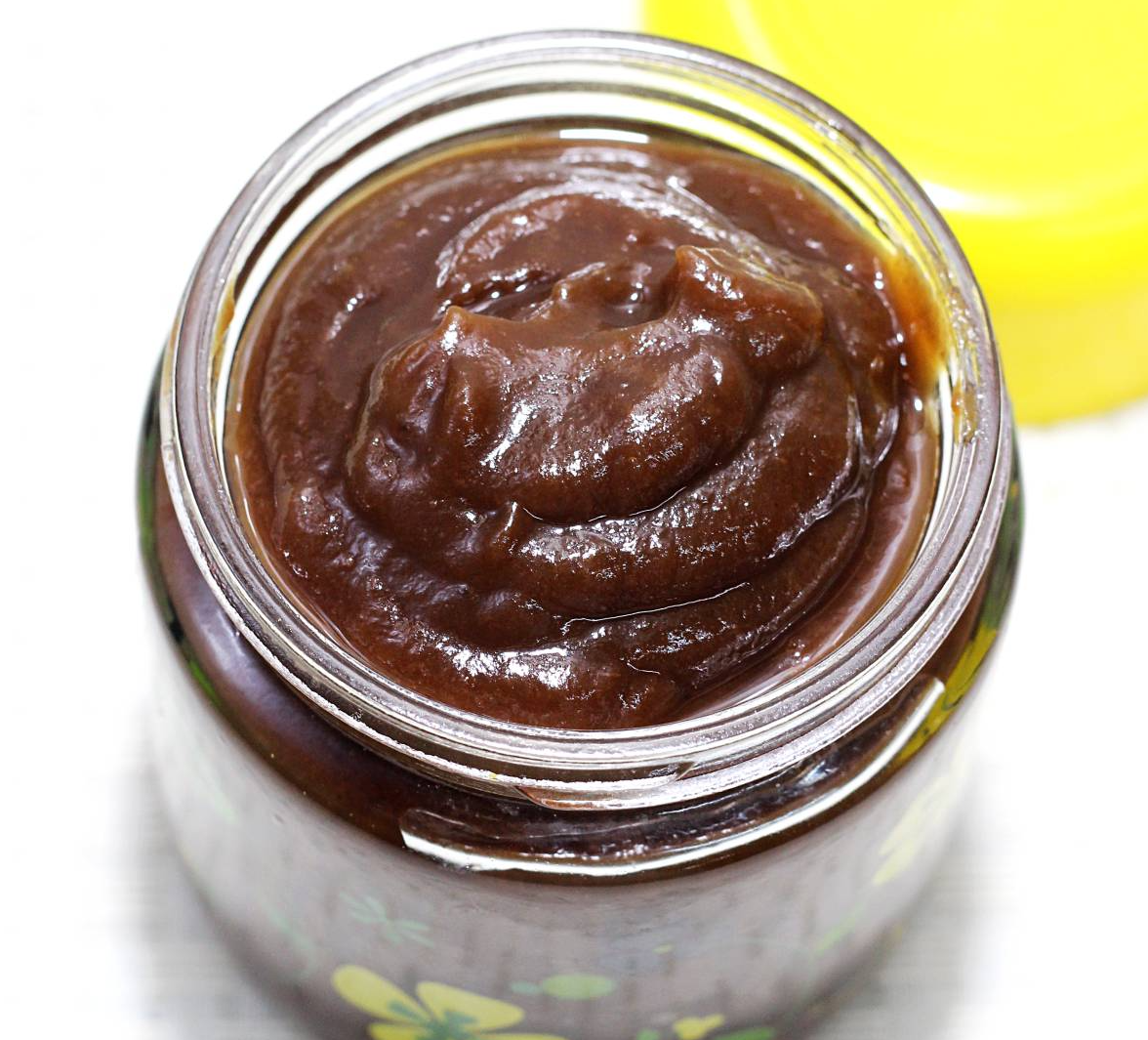
Flavor Similarity: Tamarind paste offers a tangy and slightly sweet flavor, similar to lime juice but more complex. It’s commonly used in Southeast Asian and Indian cuisine.
Usage: Dilute tamarind paste with a little water to match the acidity of lime juice, and use it in marinades, sauces, and dressings. It works particularly well in dishes where a rich, tangy flavor is desired.
Nutritional Benefits: Tamarind is a good source of magnesium, potassium, and iron, making it a nutritious addition to recipes.
7. Citric Acid
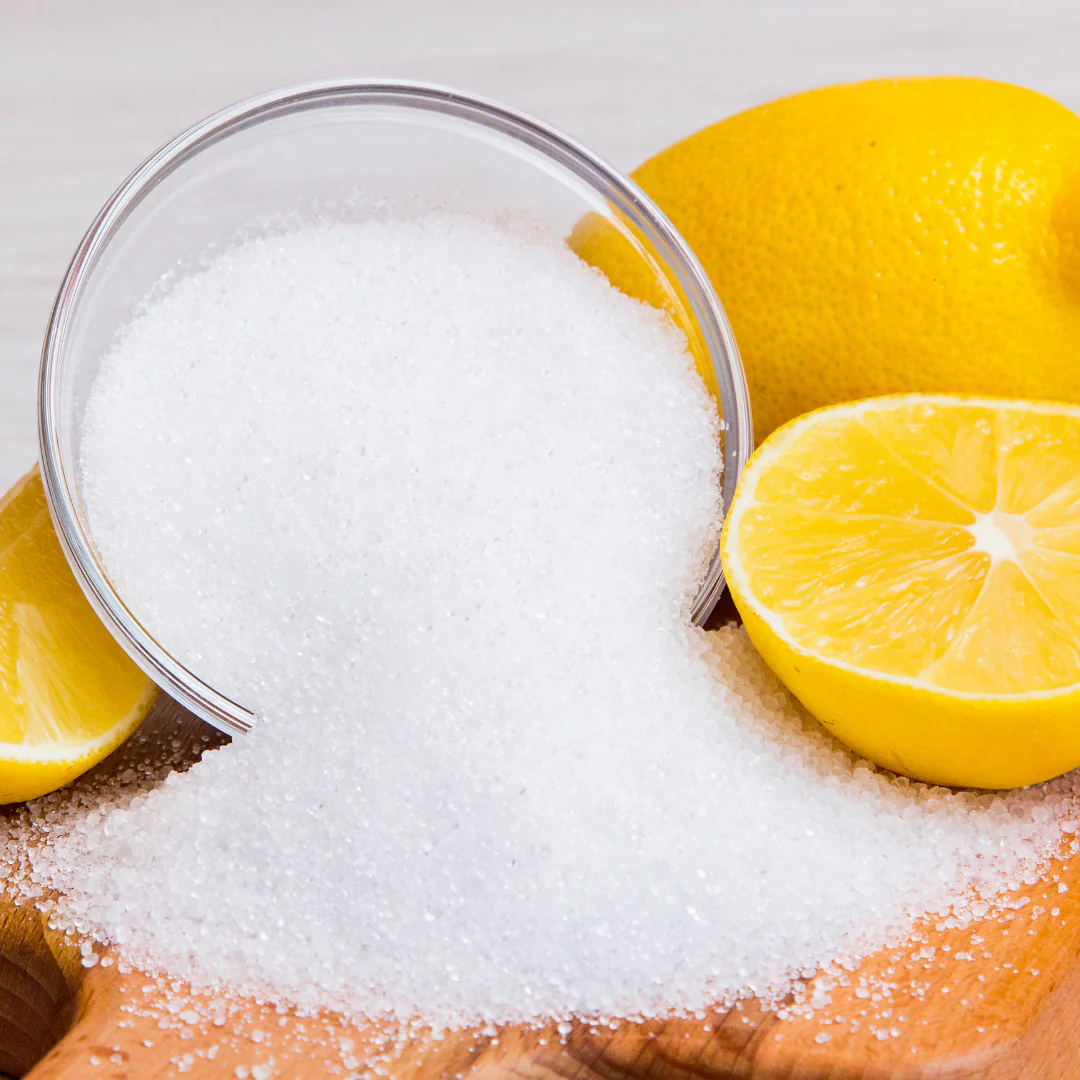
Flavor Similarity: Citric acid, typically available in powder form, can replicate the tartness of lime juice without adding any liquid. It’s a concentrated form of the acid found in citrus fruits.
Usage: Use a small amount of citric acid (start with ¼ teaspoons per tablespoon of lime juice) to add acidity to your dishes without significantly altering the flavor profile. It’s best for baking, sauces, and beverages.
Nutritional Benefits: Citric acid helps absorb minerals like calcium and magnesium and is a food preservative.
8. White Wine

Flavor Similarity: White wine offers a mild acidity with a slightly fruity undertone, making it a subtle substitute for lime juice in cooking.
Usage: Use white wine as a 1:1 substitute in marinades, sauces, and reductions. It adds depth to dishes, especially in savory recipes like fish or chicken.
Nutritional Benefits: White wine contains antioxidants like resveratrol, which are known for their potential heart health benefits.
9. Cream of Tartar

Flavor Similarity: Cream of tartar is acidic and can mimic the tanginess of lime juice, though it’s more commonly used as a stabilizer in baking.
Usage: Use cream of tartar sparingly (¼ teaspoon per tablespoon of lime juice) when adding acidity without liquid, particularly in baking or confections.
Nutritional Benefits: Cream of tartar is rich in potassium, which supports muscle function and cardiovascular health.
10. Key Lime Juice

Flavor Similarity: While more tart and aromatic, key lime juice is a perfect substitute for regular lime juice, especially in recipes that call for a pronounced lime flavor.
Usage: Use key lime juice in a 1:1 ratio as a direct replacement for lime juice in any recipe. It’s particularly well-suited for desserts, cocktails, and marinades.
Nutritional Benefits: Like regular lime juice, key lime juice is high in vitamin C and antioxidants, supporting immune health and skin vitality.
Conclusion
We’ve uncovered ten surprising ingredients that can easily replace lime juice in your cooking.
Whether out of lime juice or looking to try something new, these alternatives offer versatility and unique flavors to elevate your dishes.
Understanding these substitutes helps in a pinch and broadens your culinary toolkit. Experiment with these options and find the one that best suits your taste and recipe needs.
If you enjoyed this guide, explore our tips and tricks to enhance your cooking experience.

